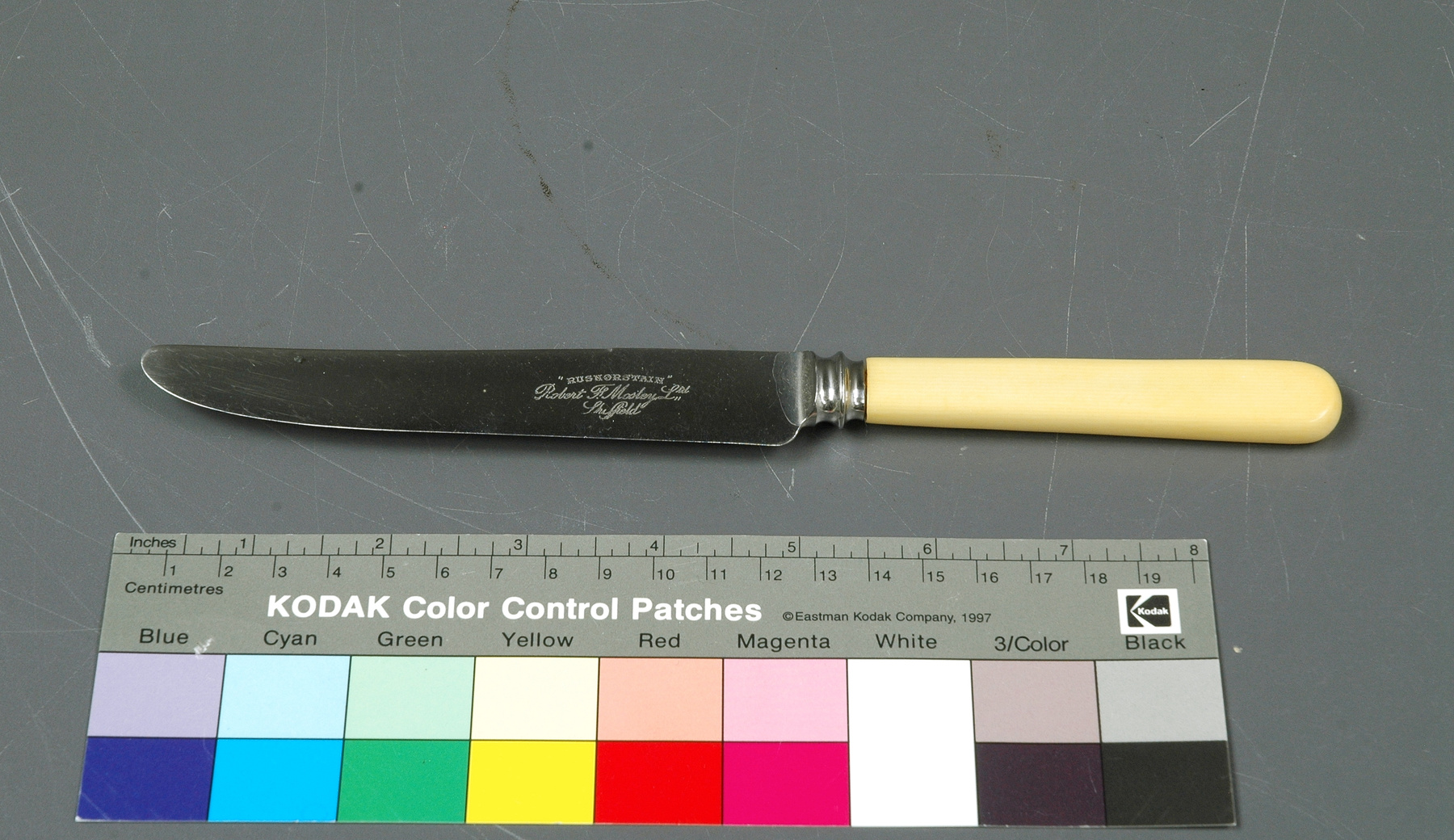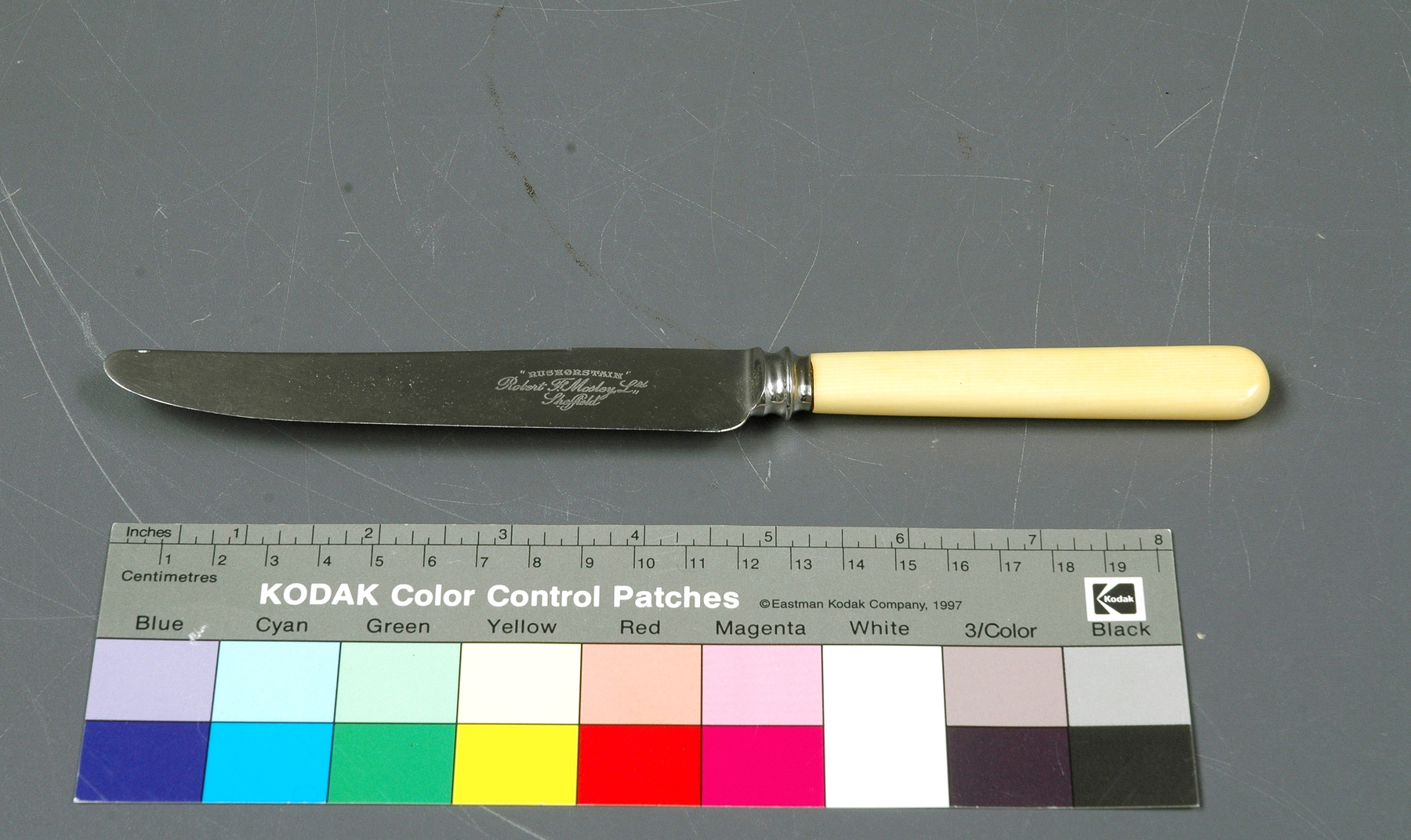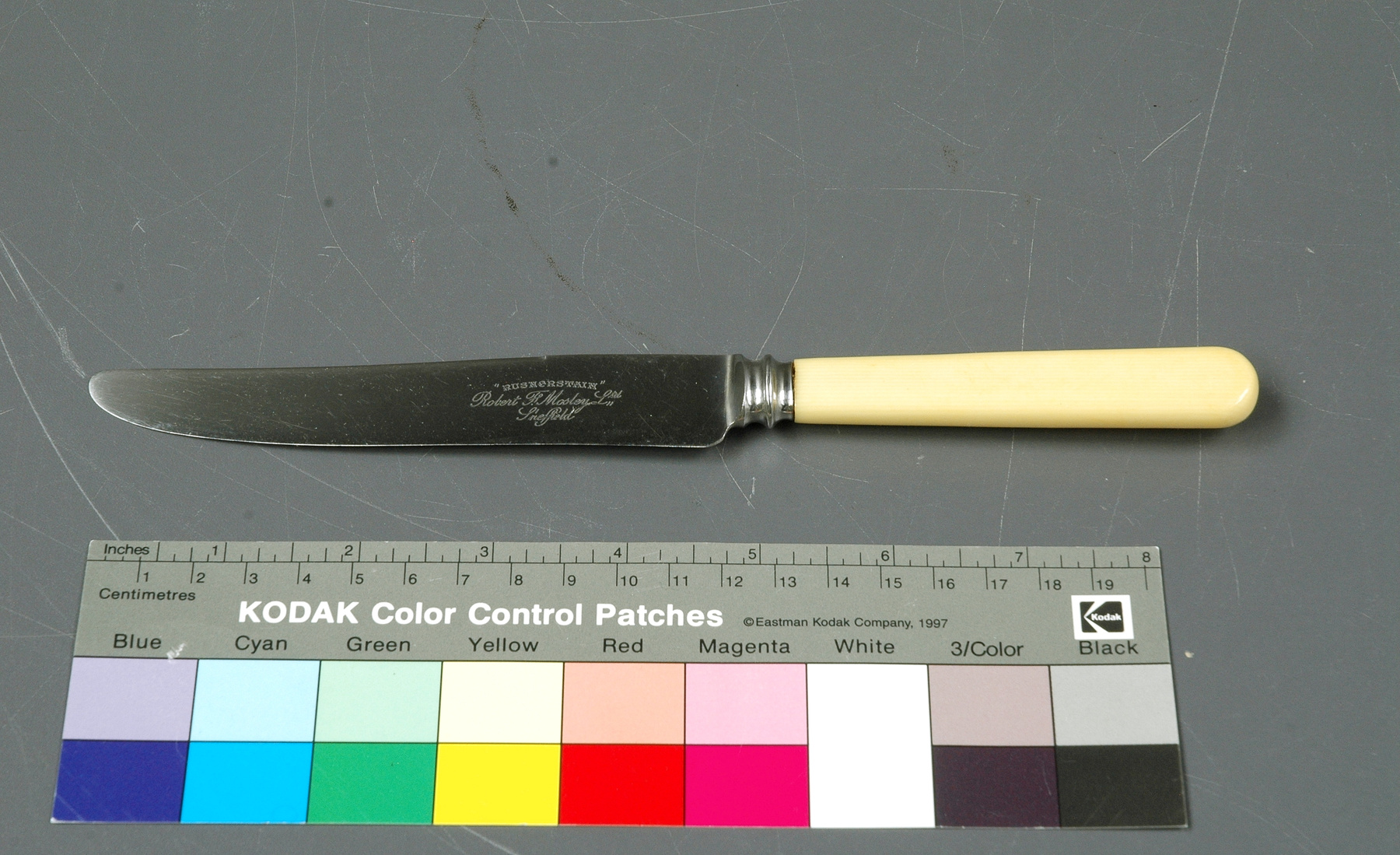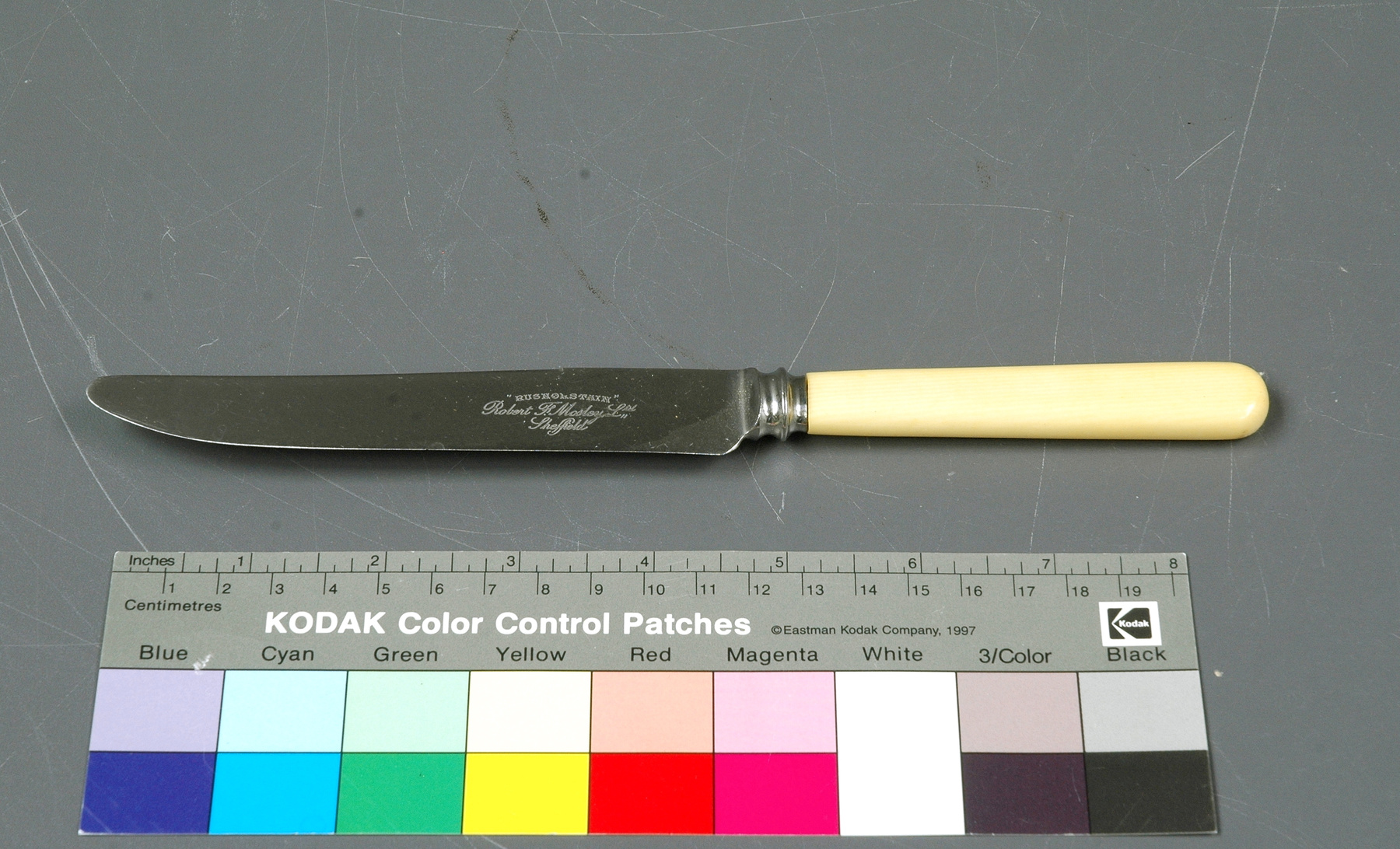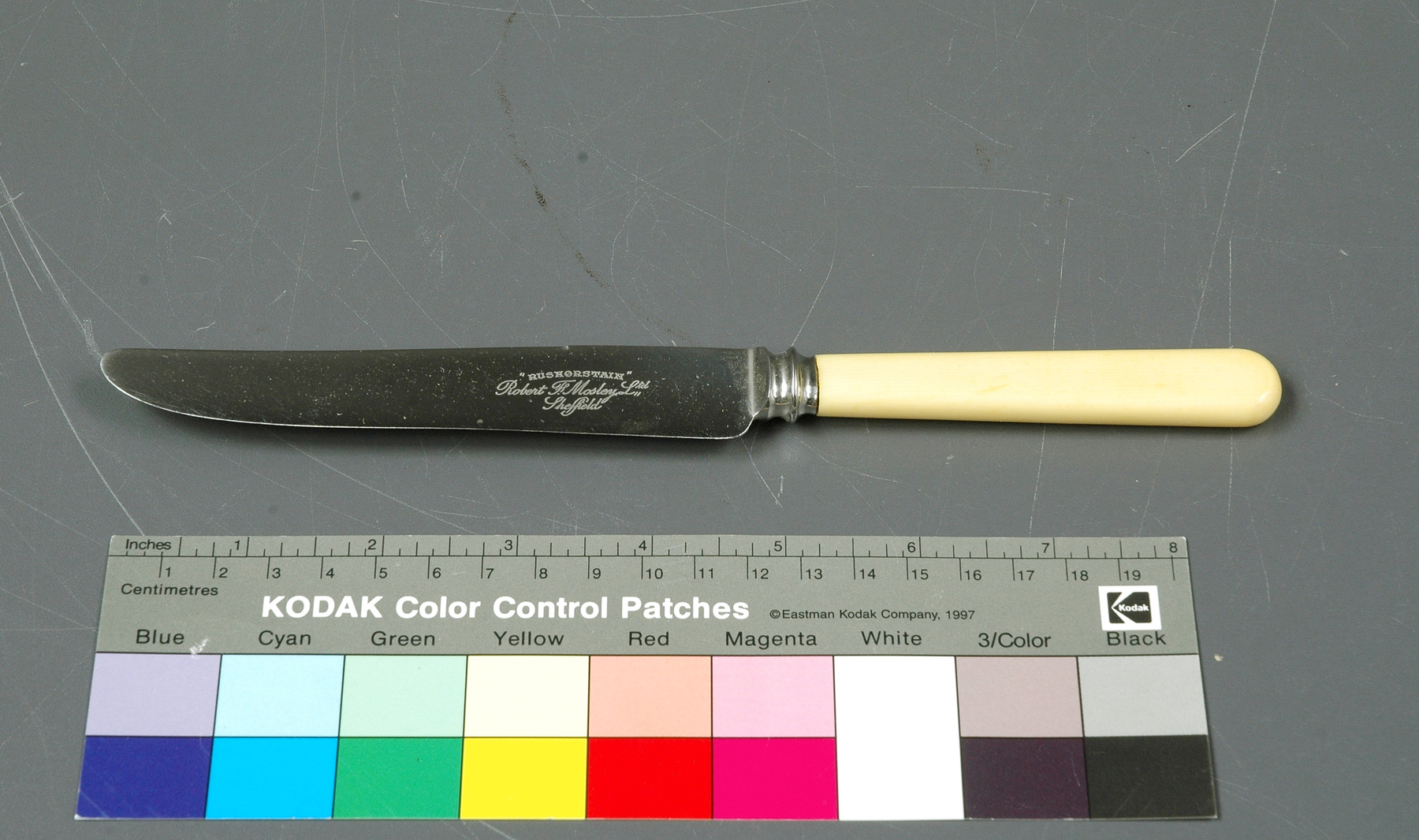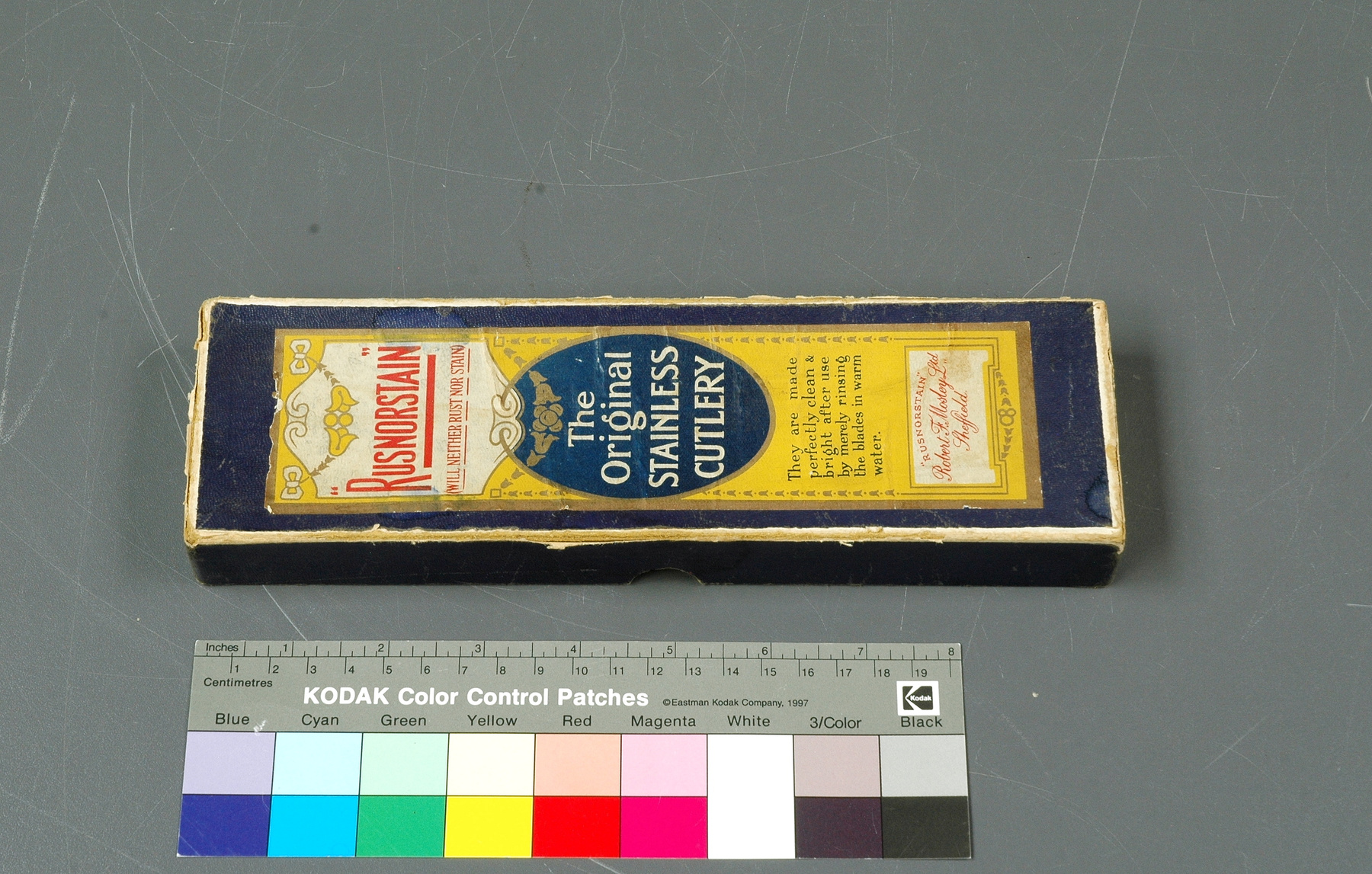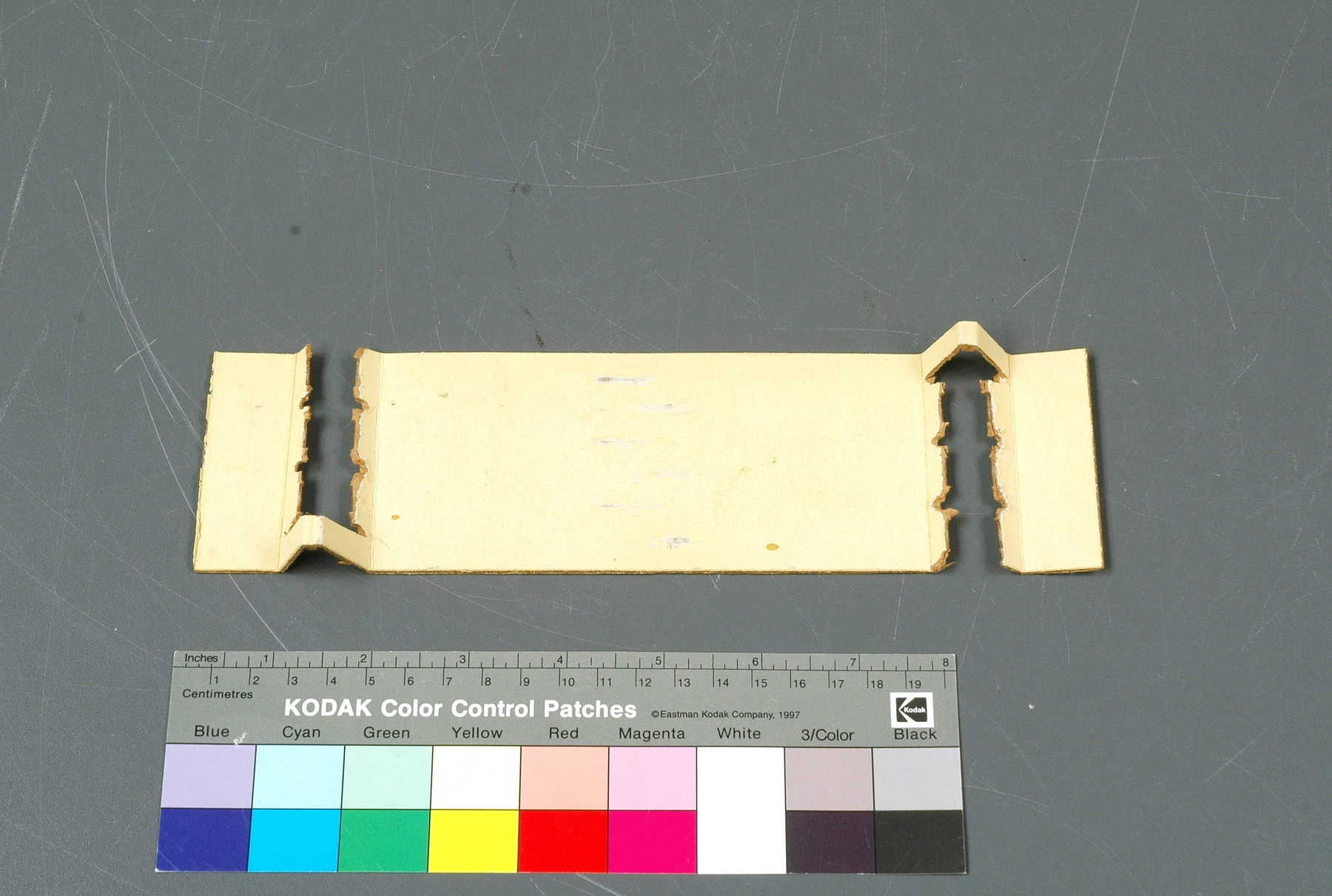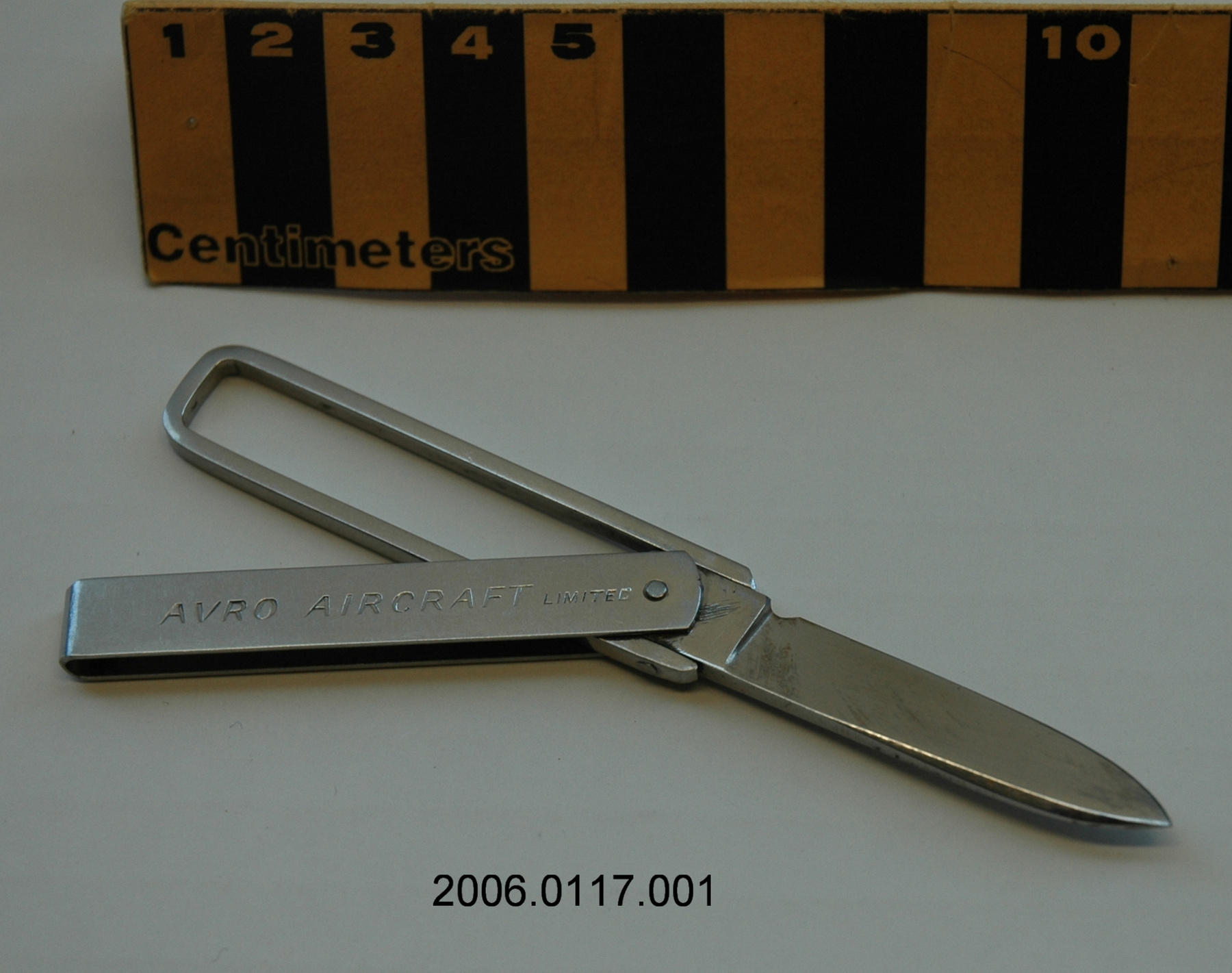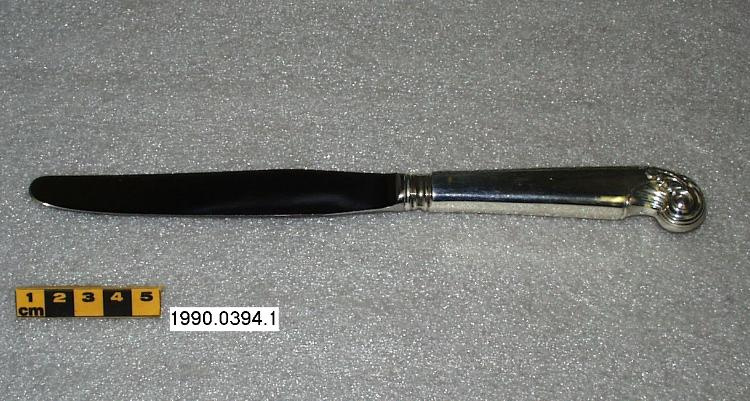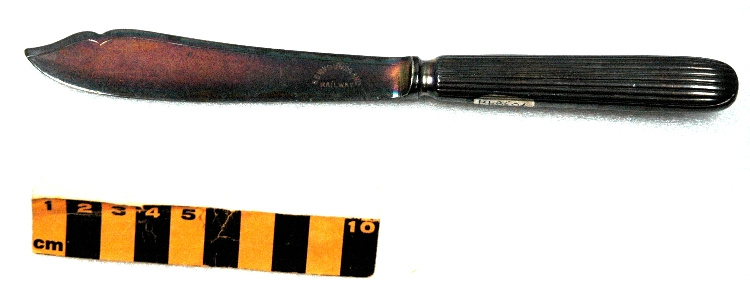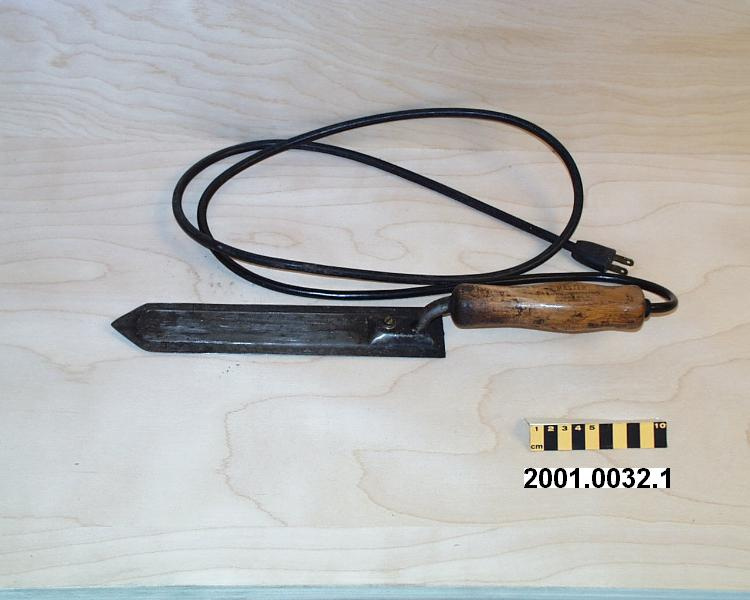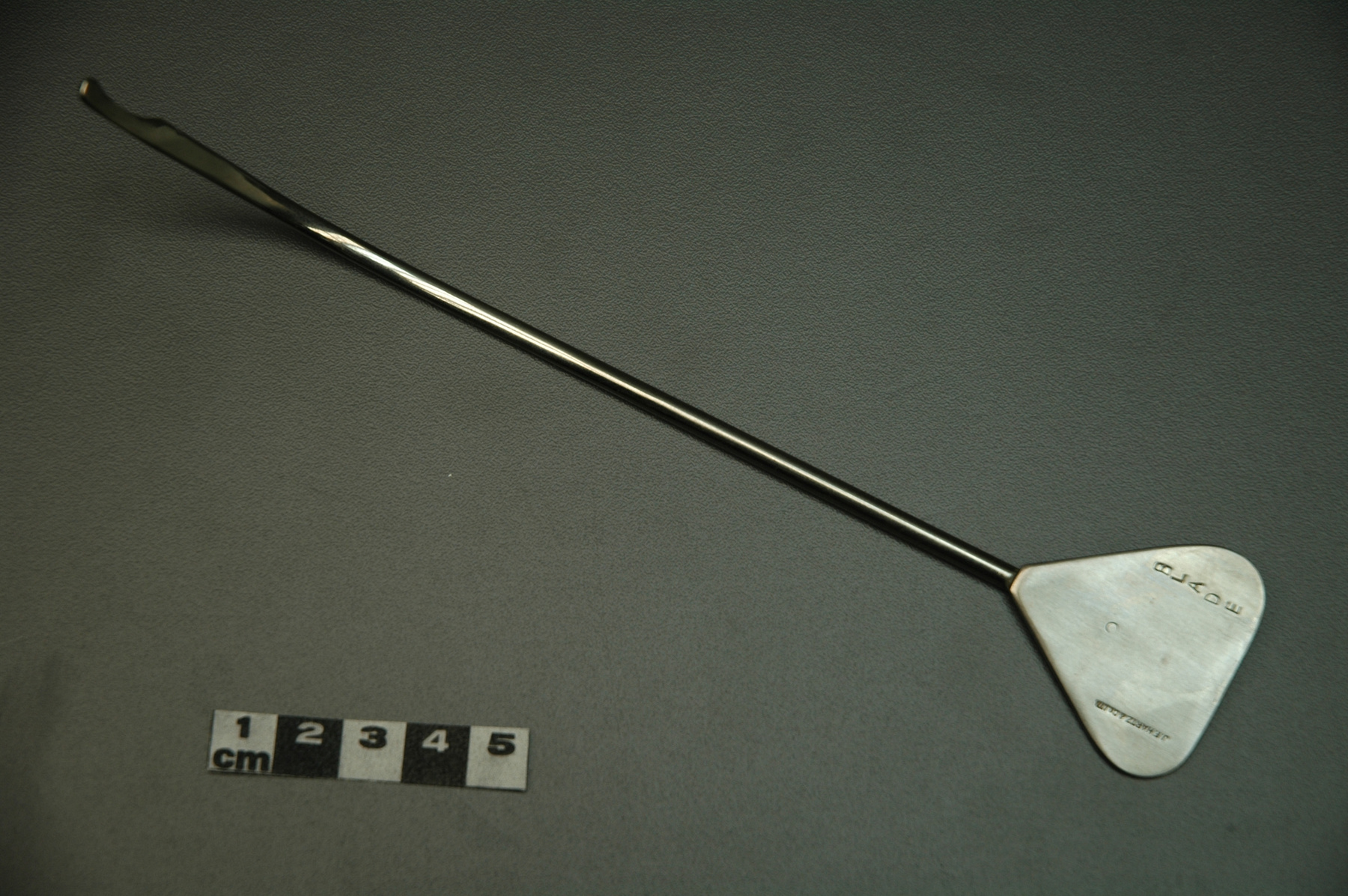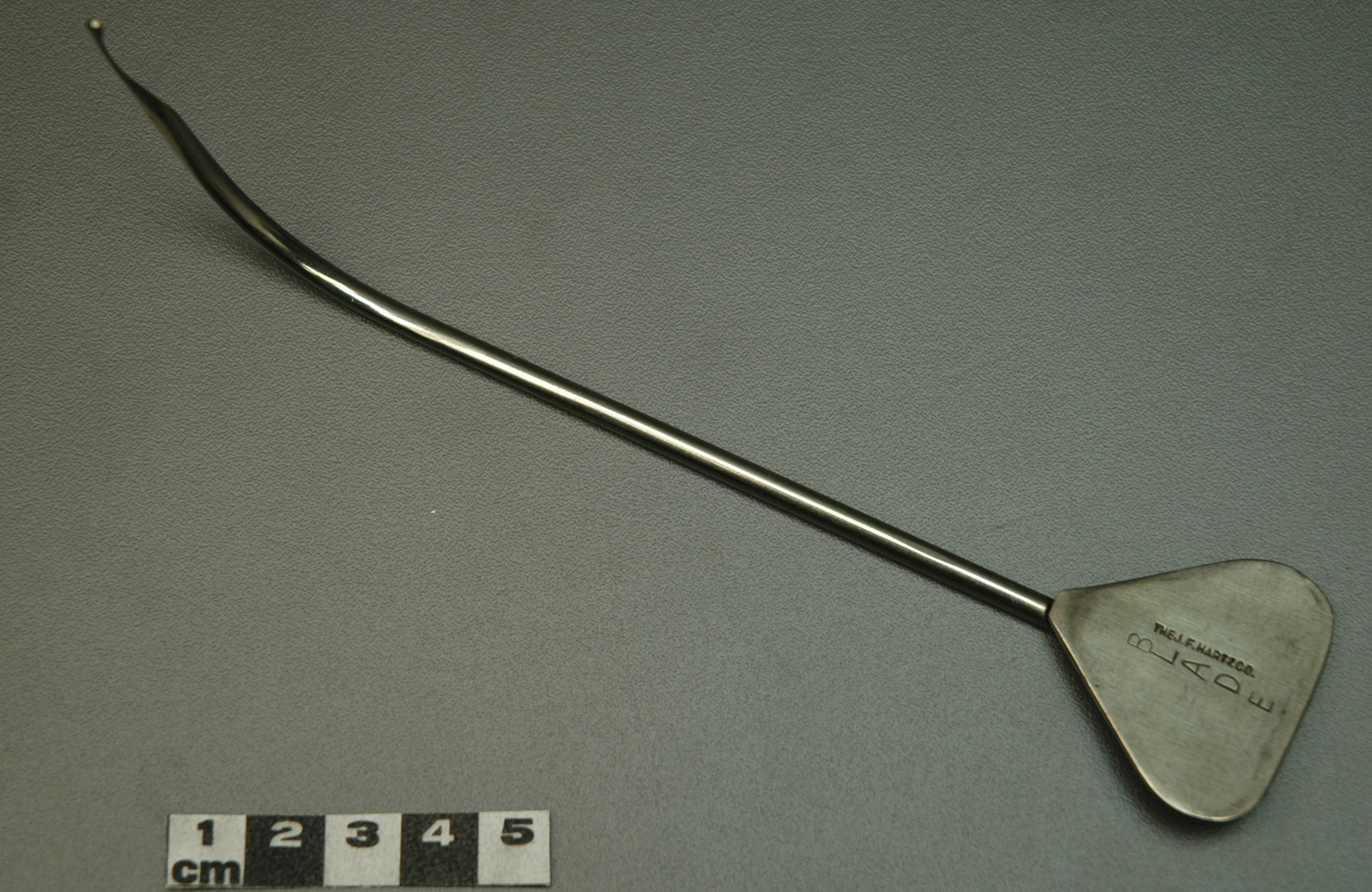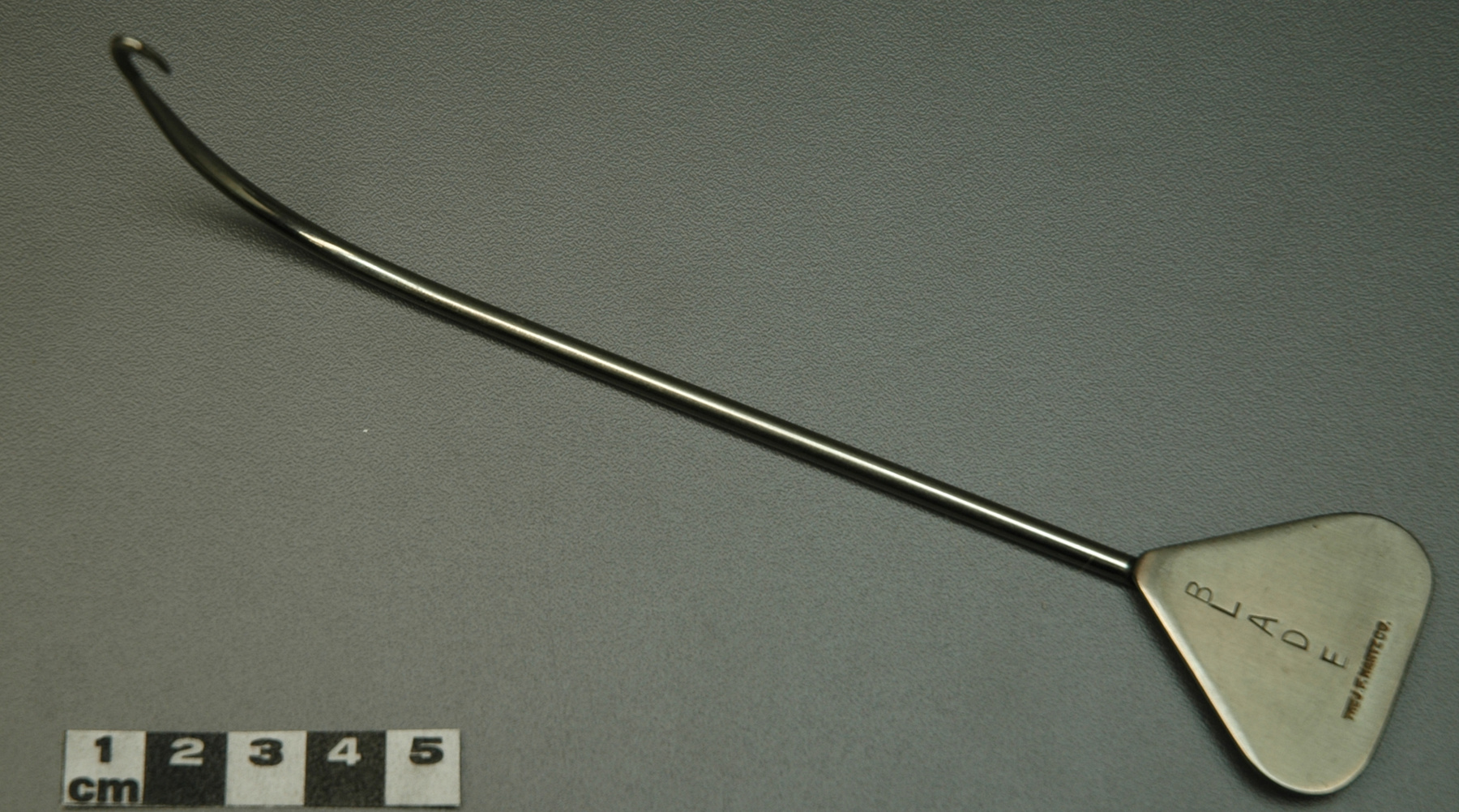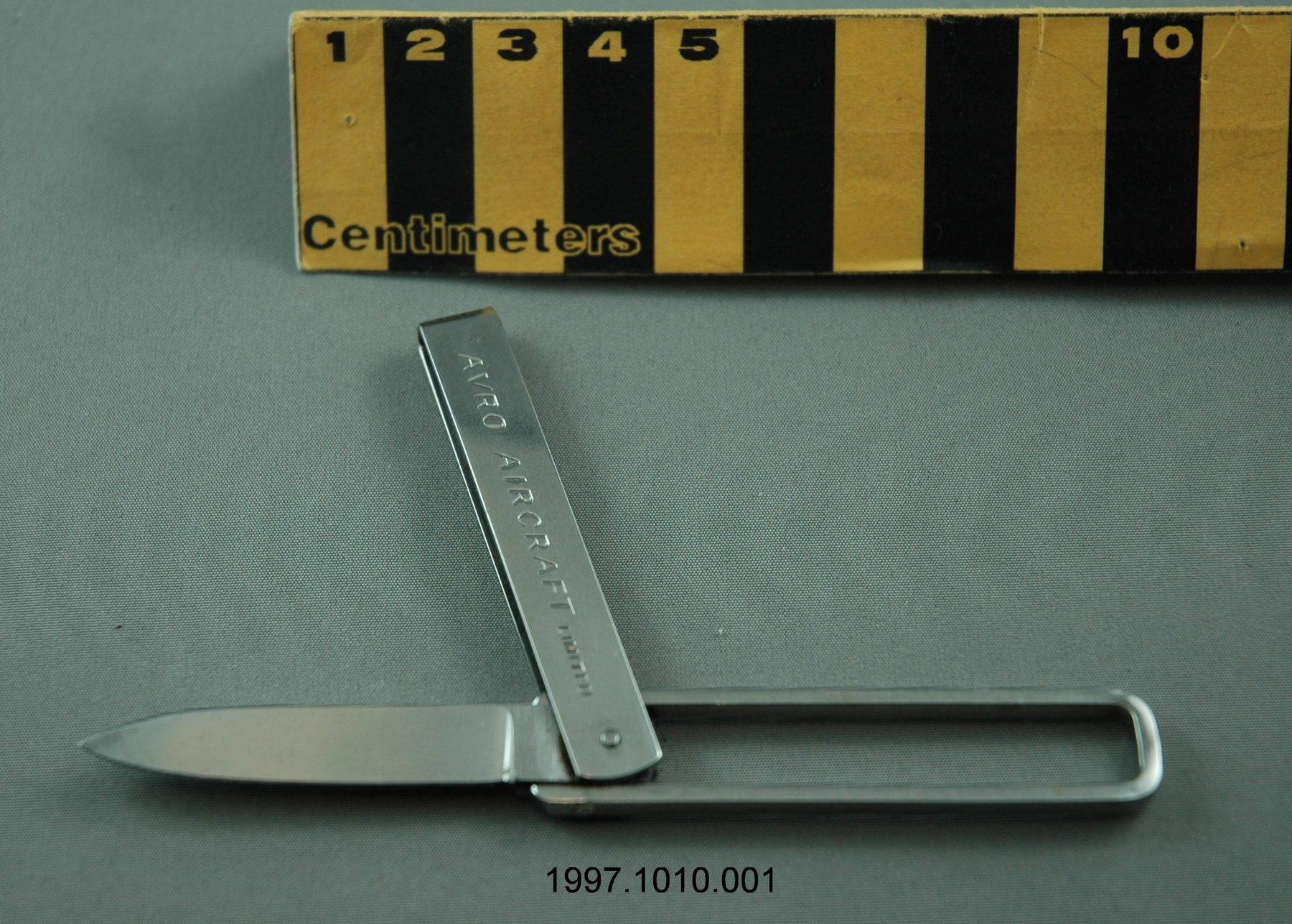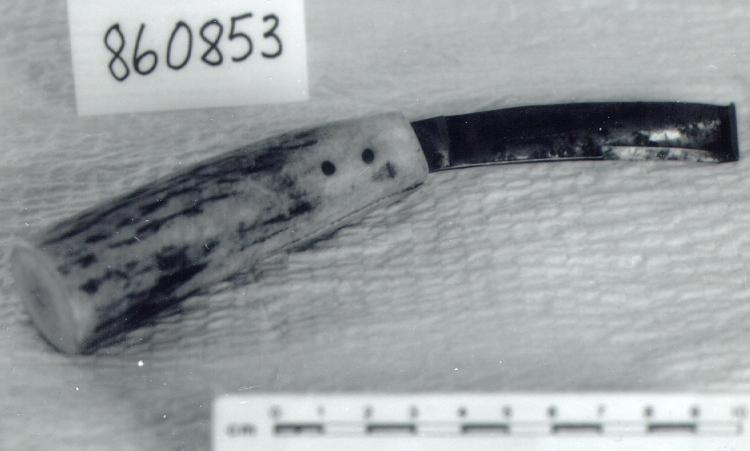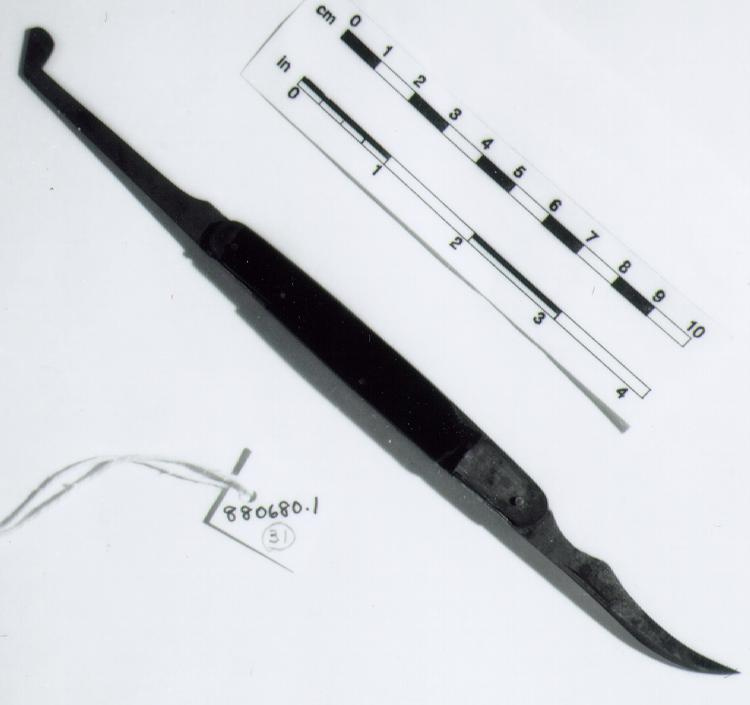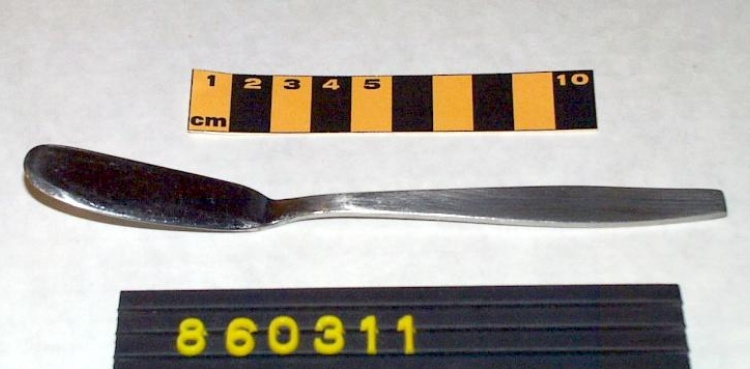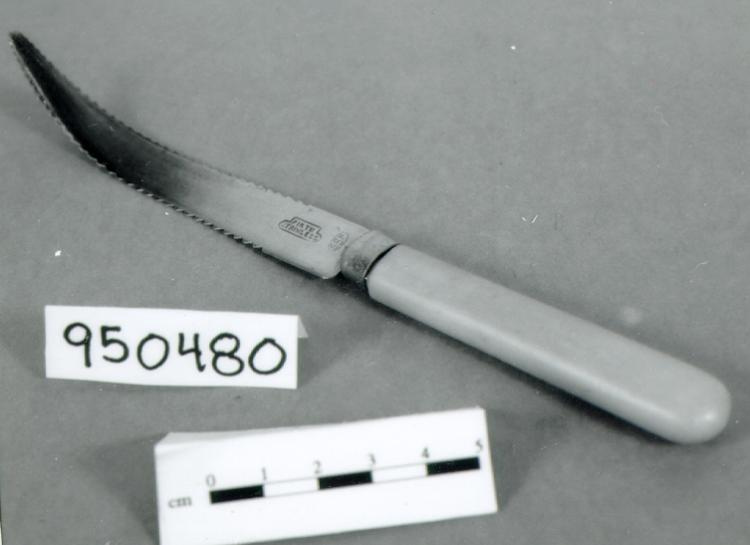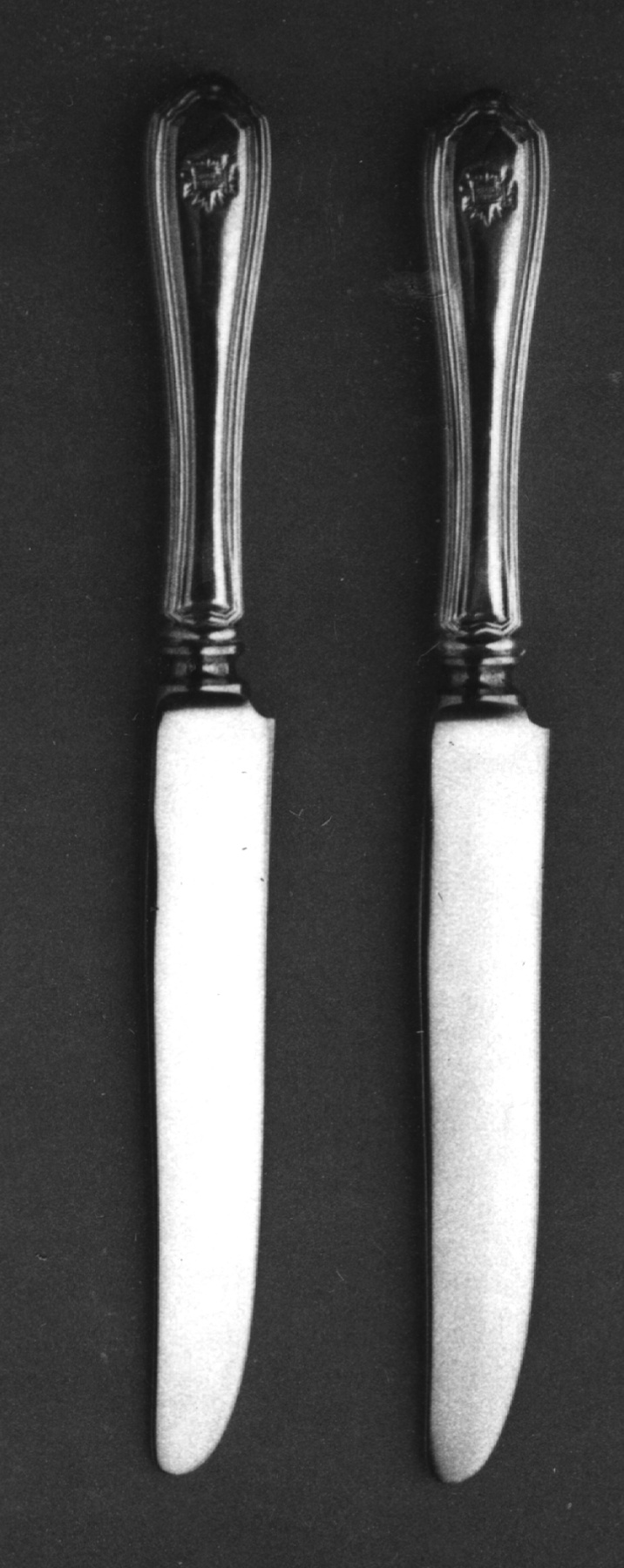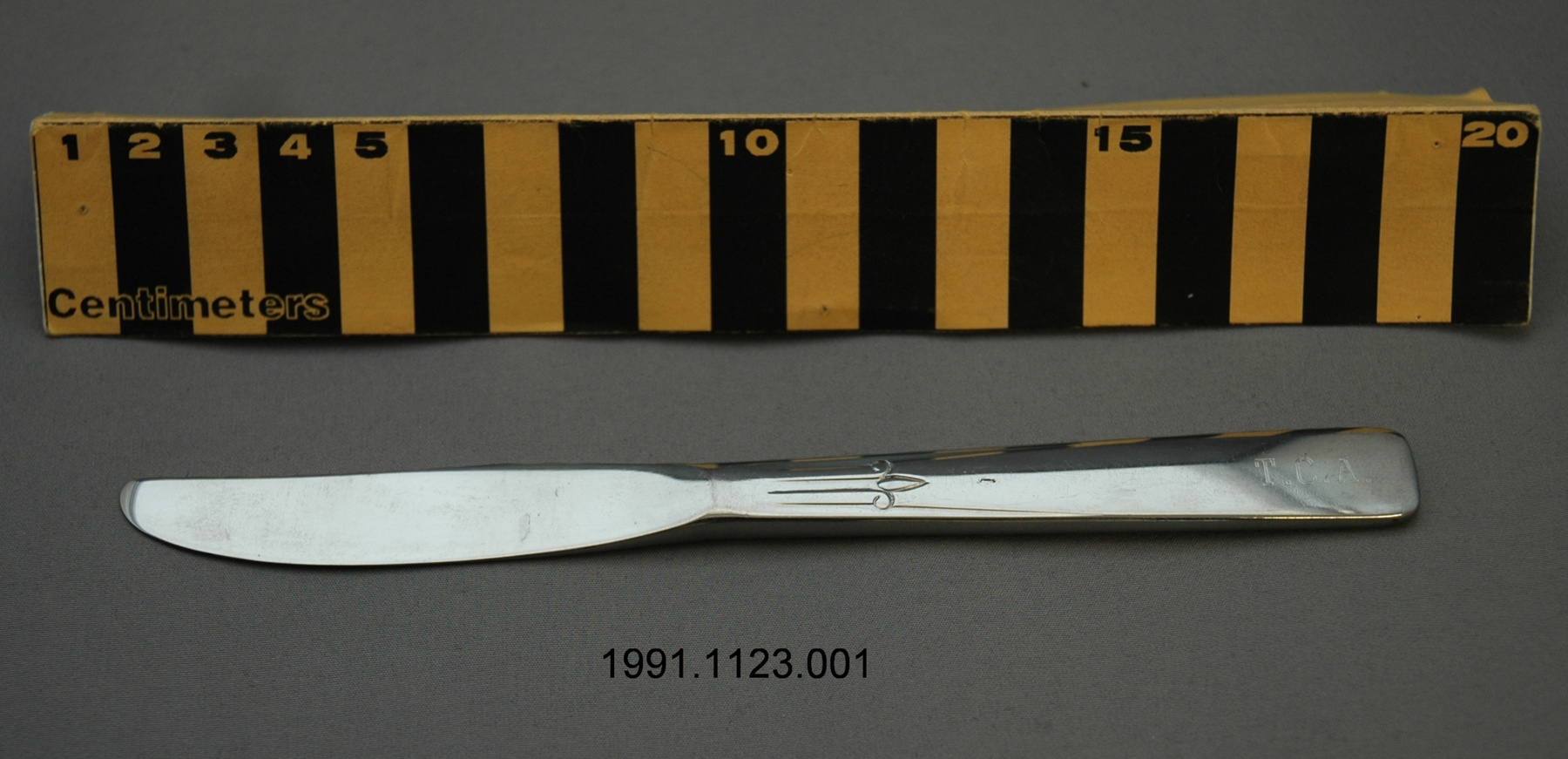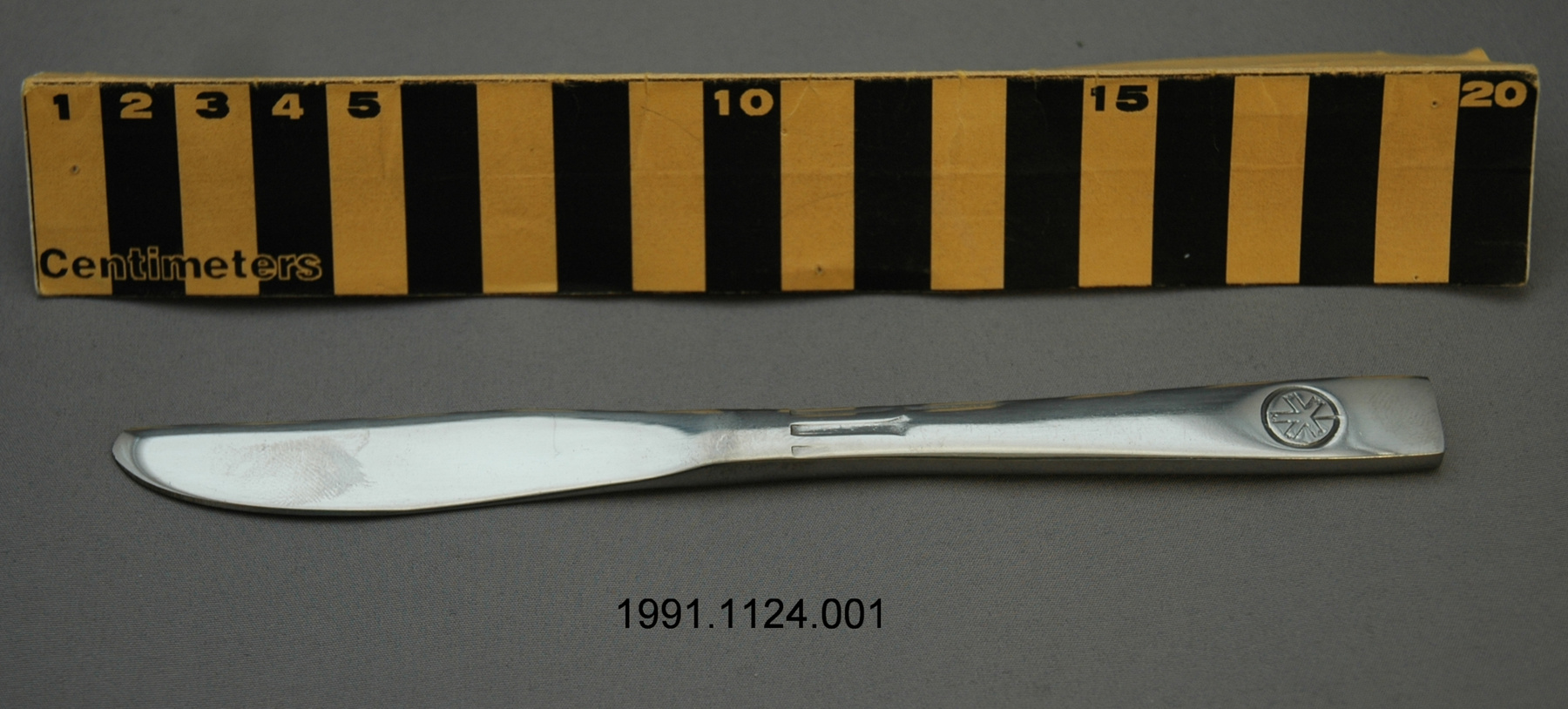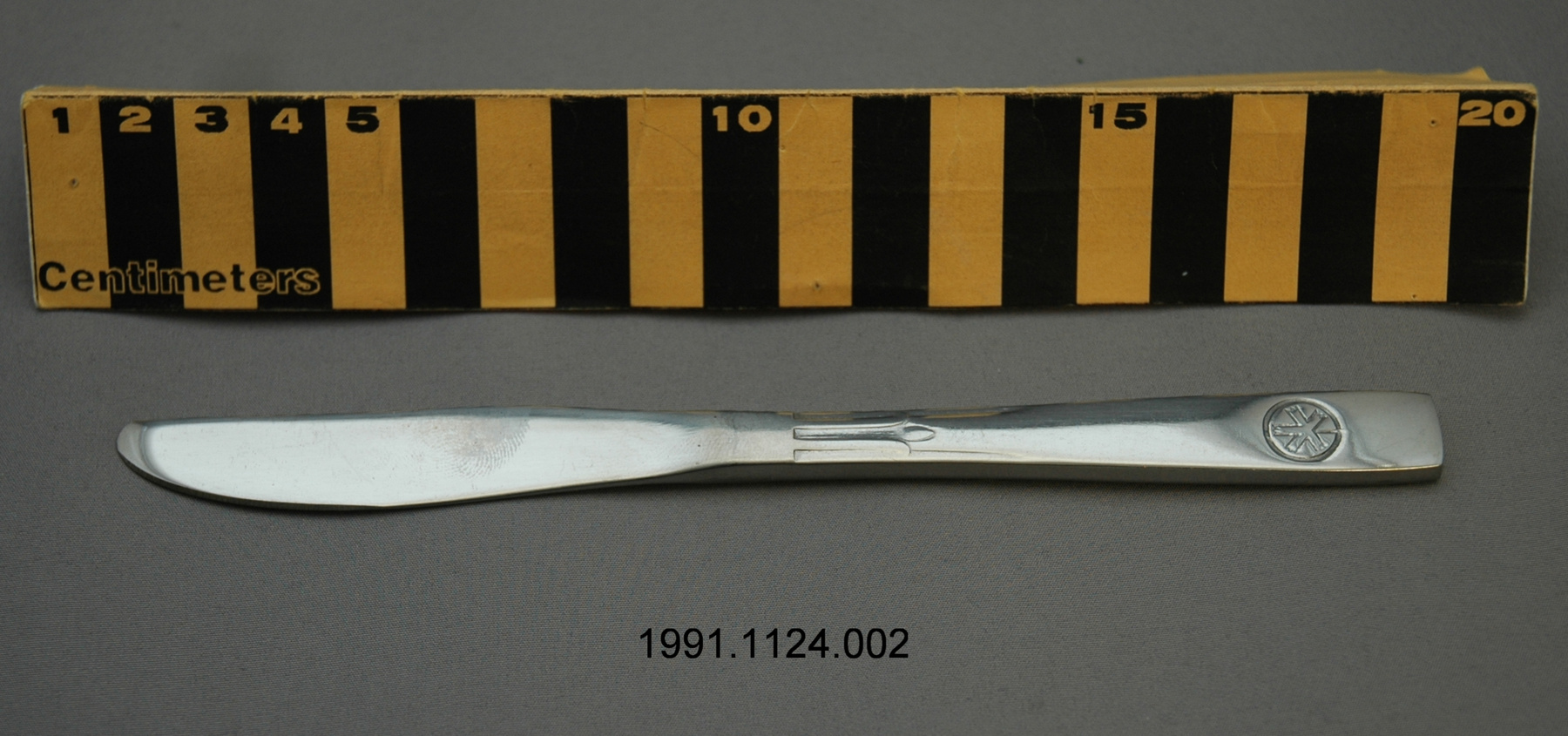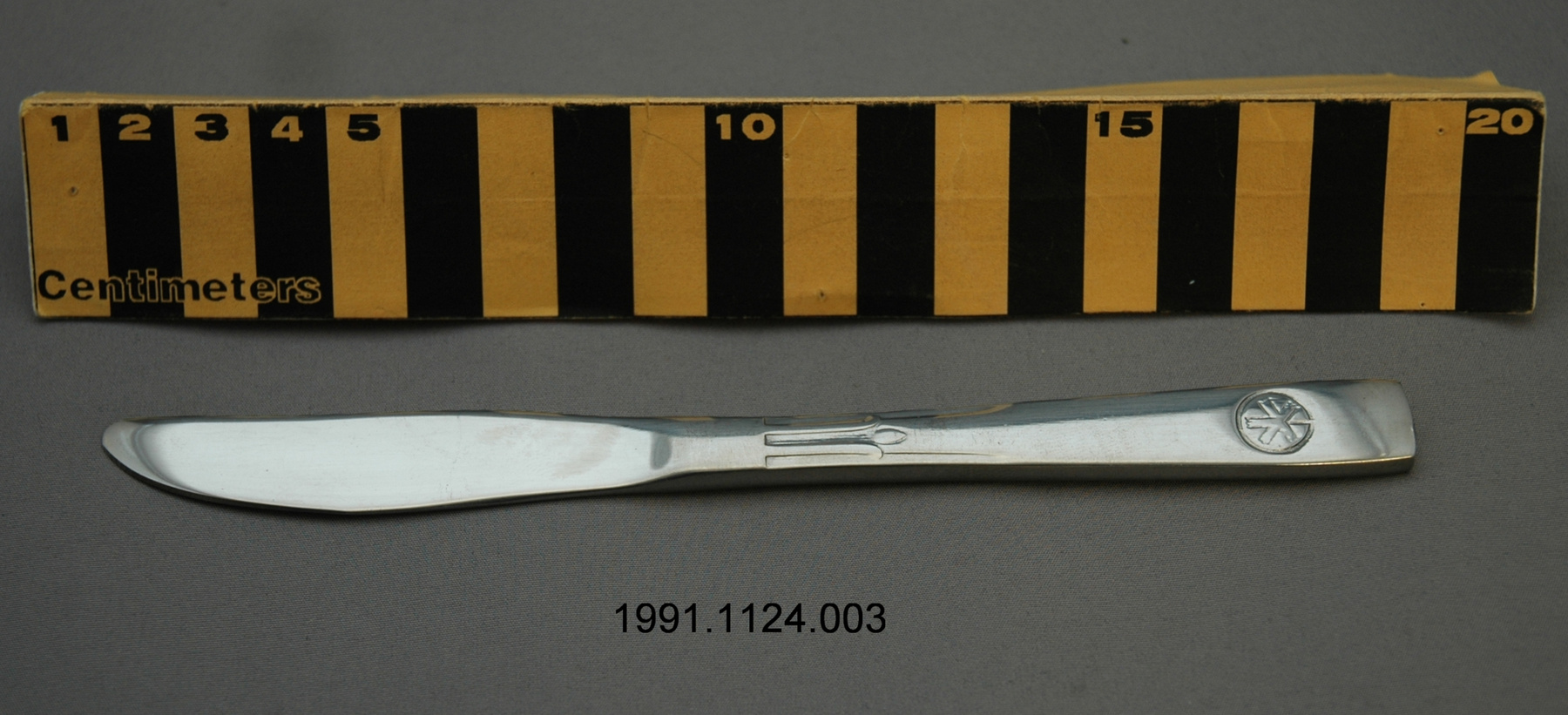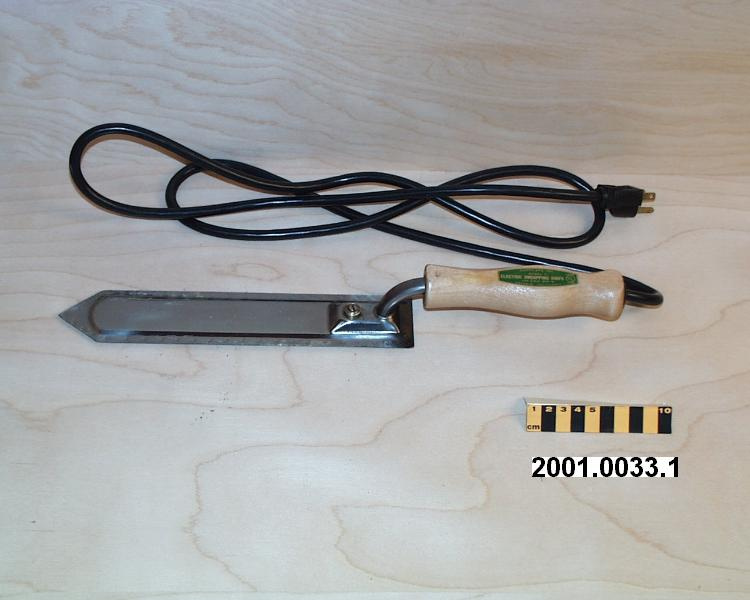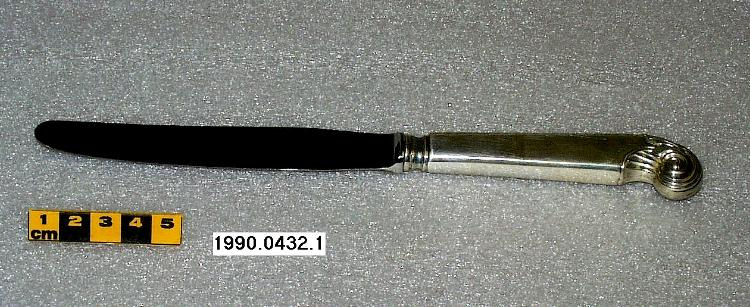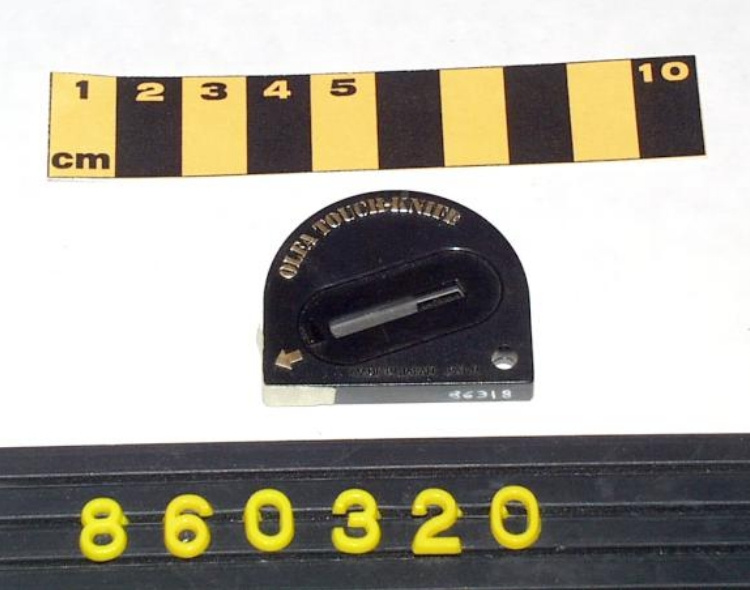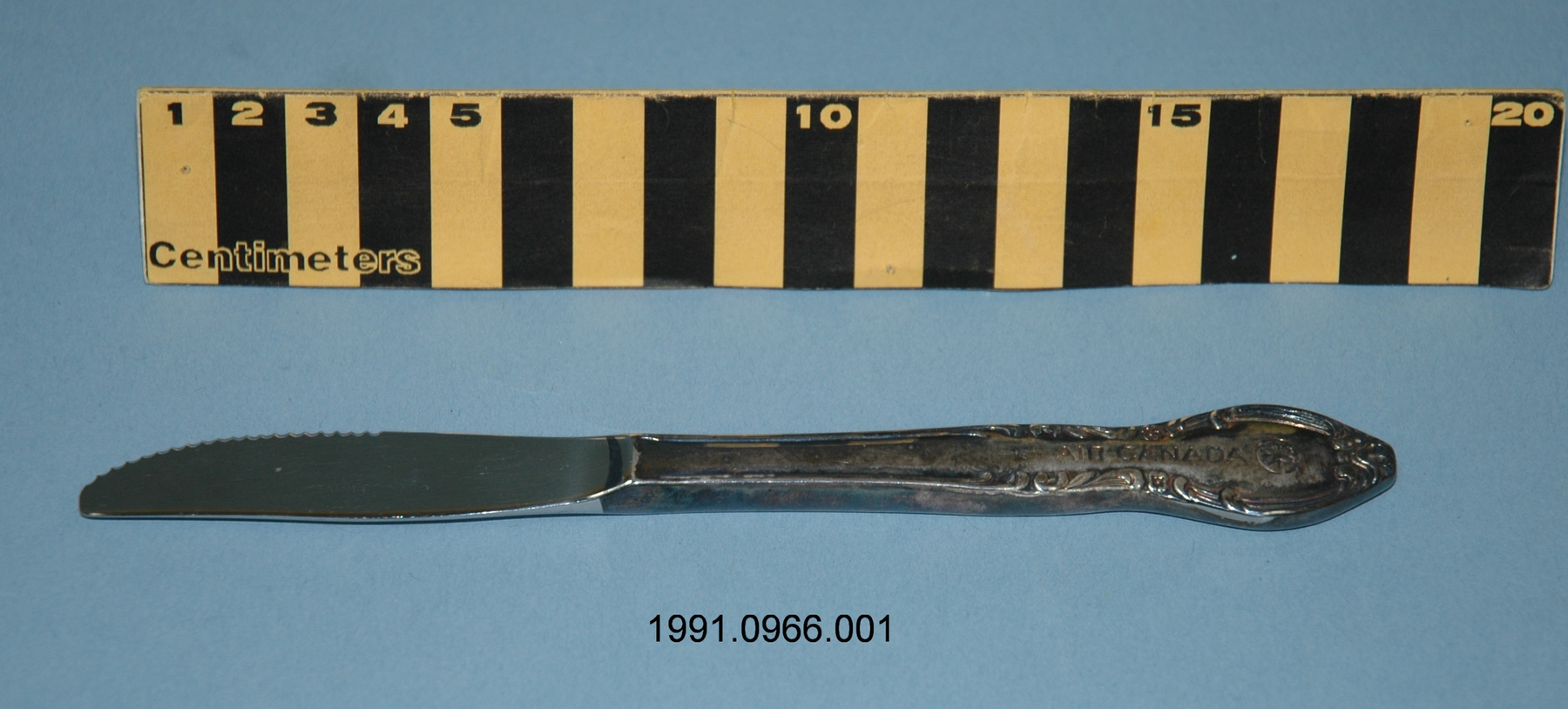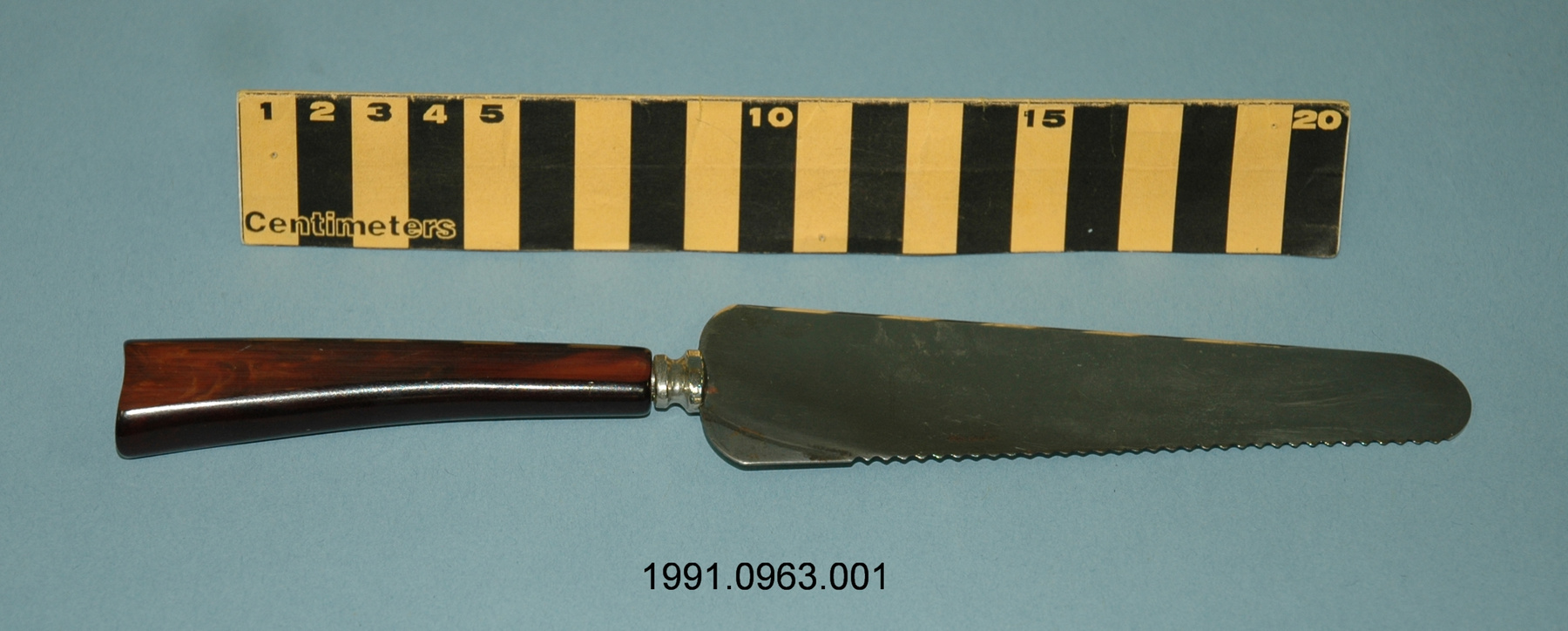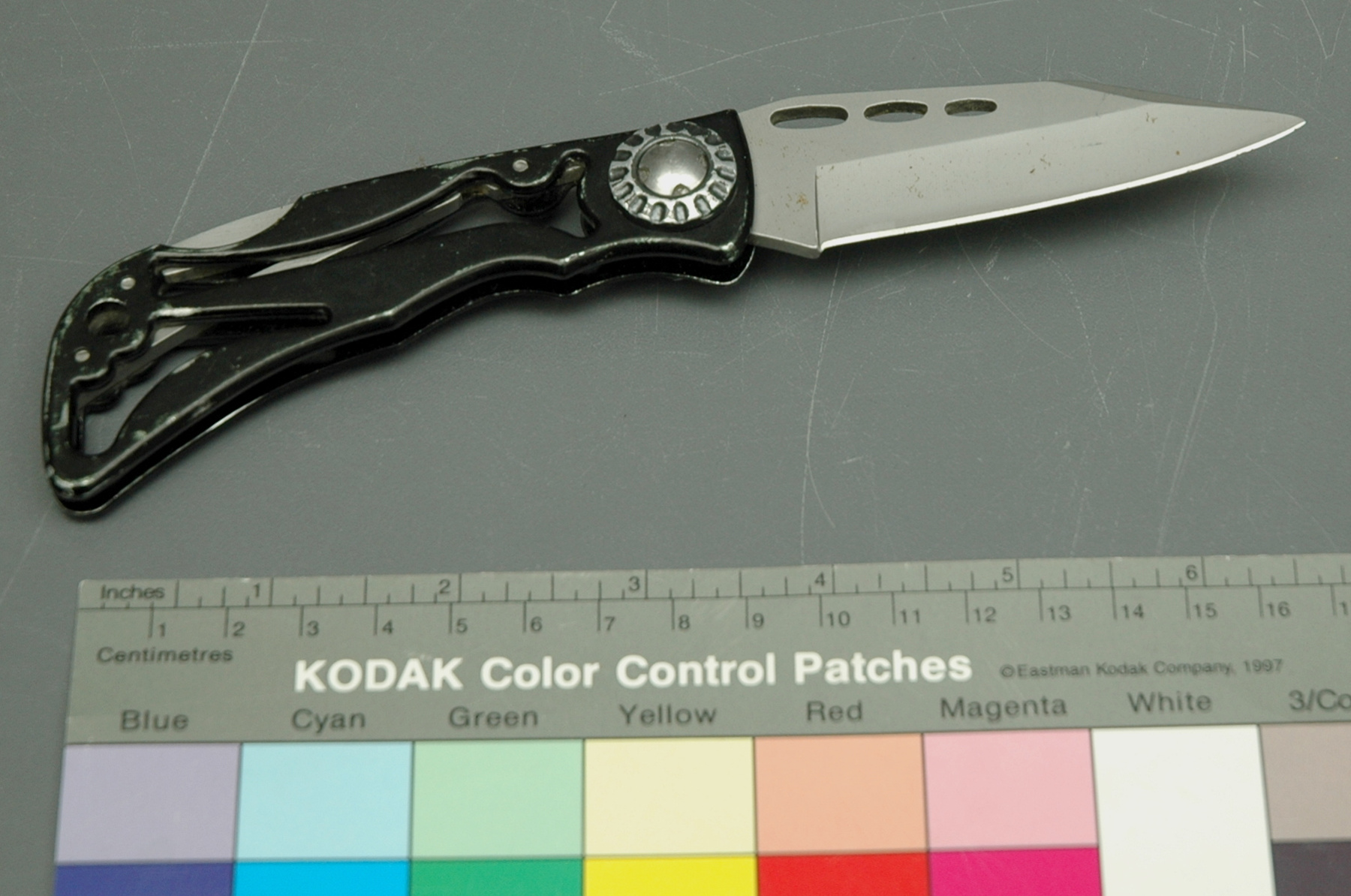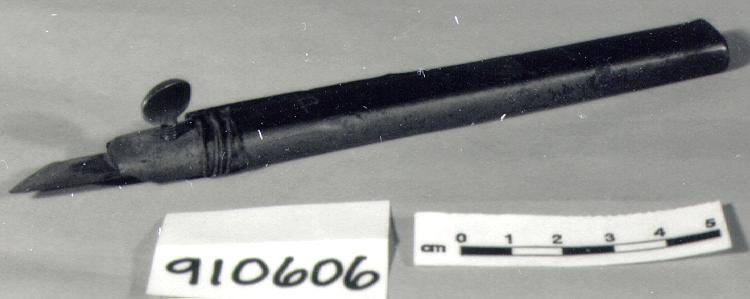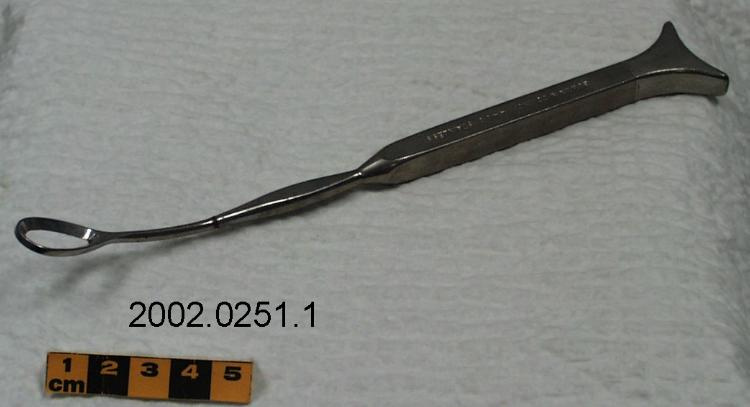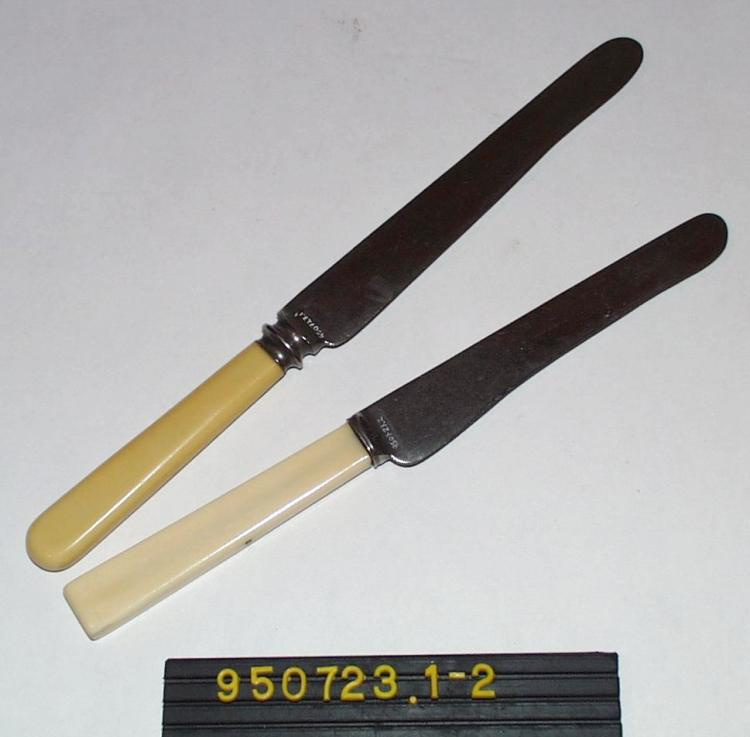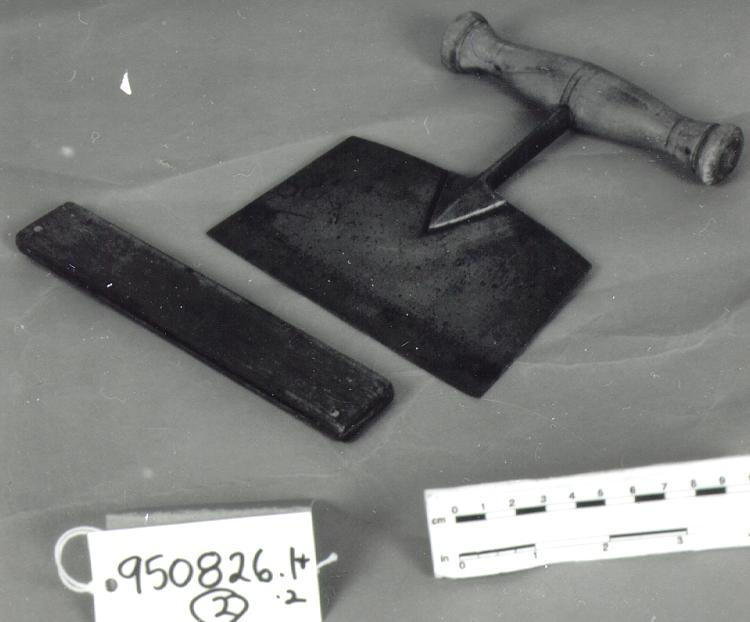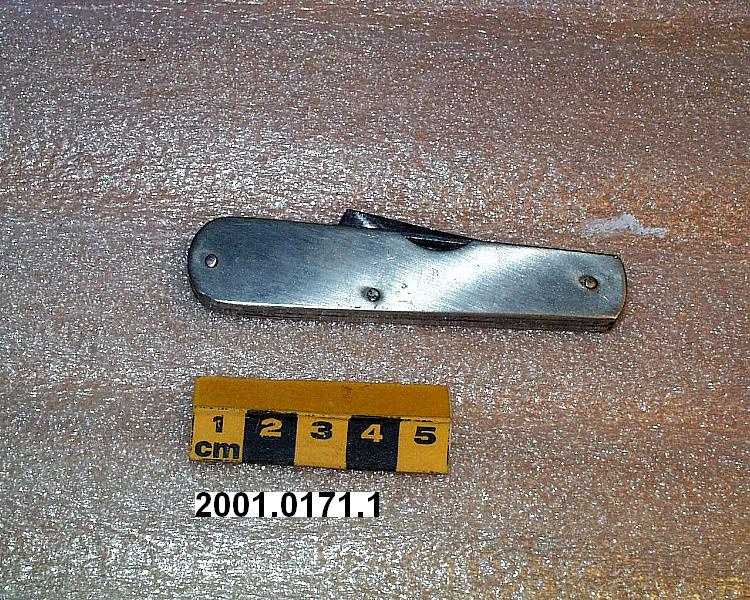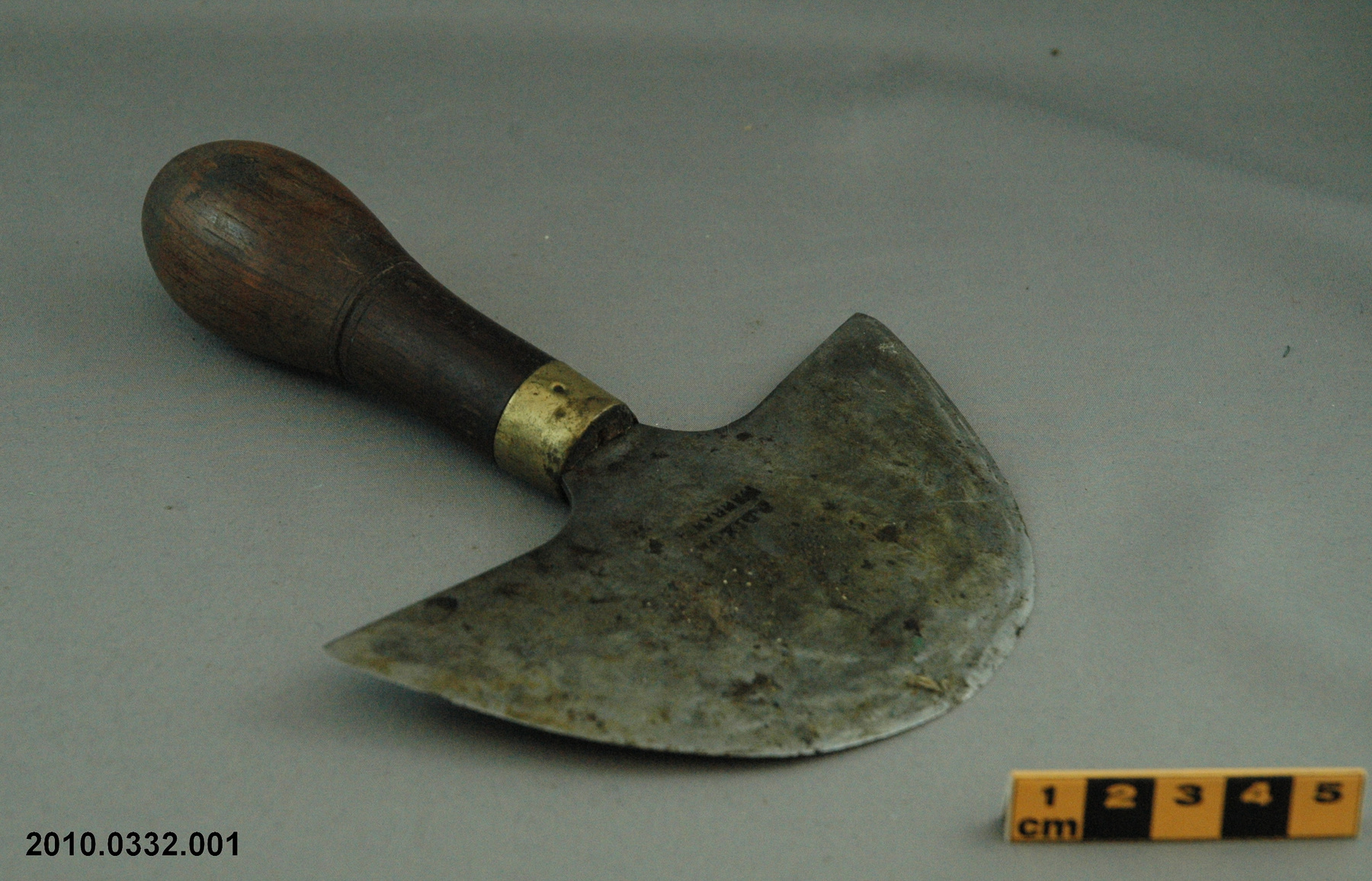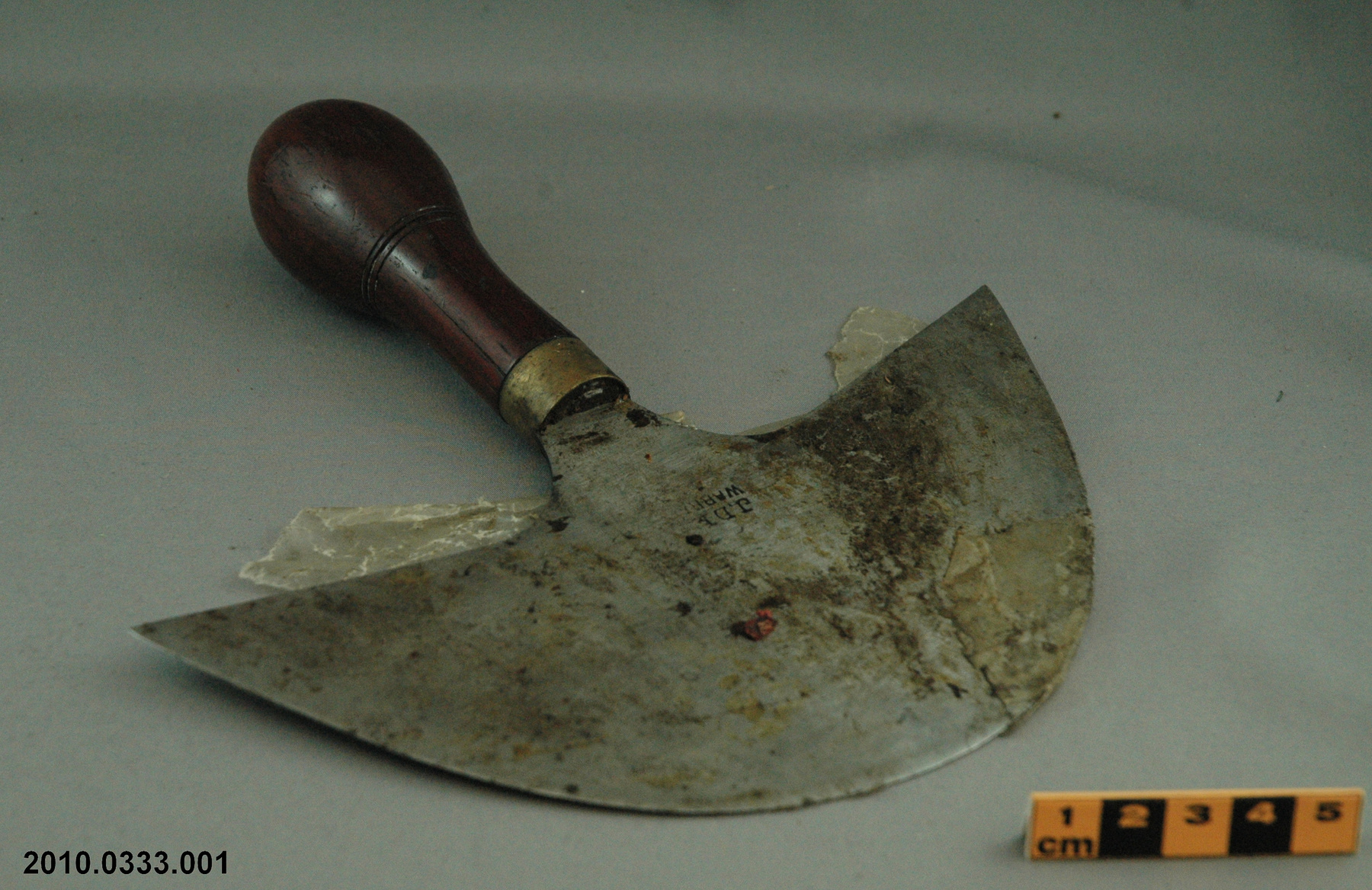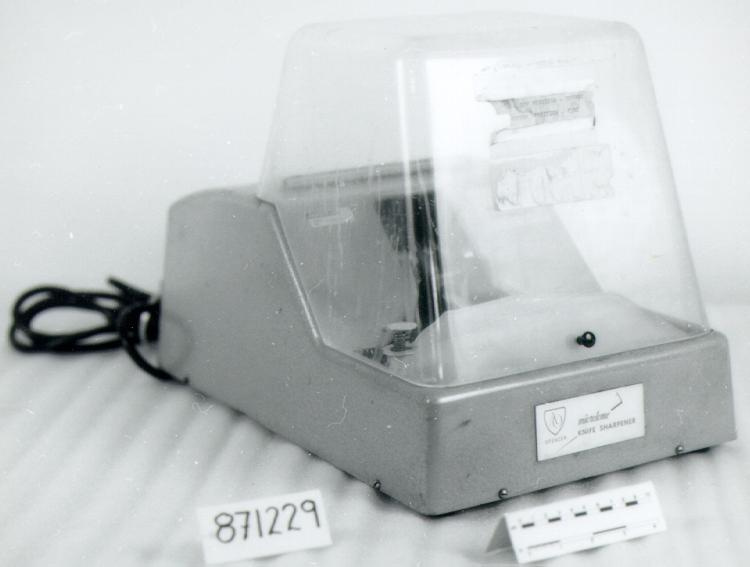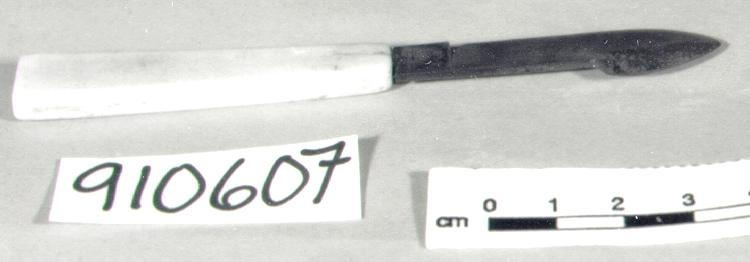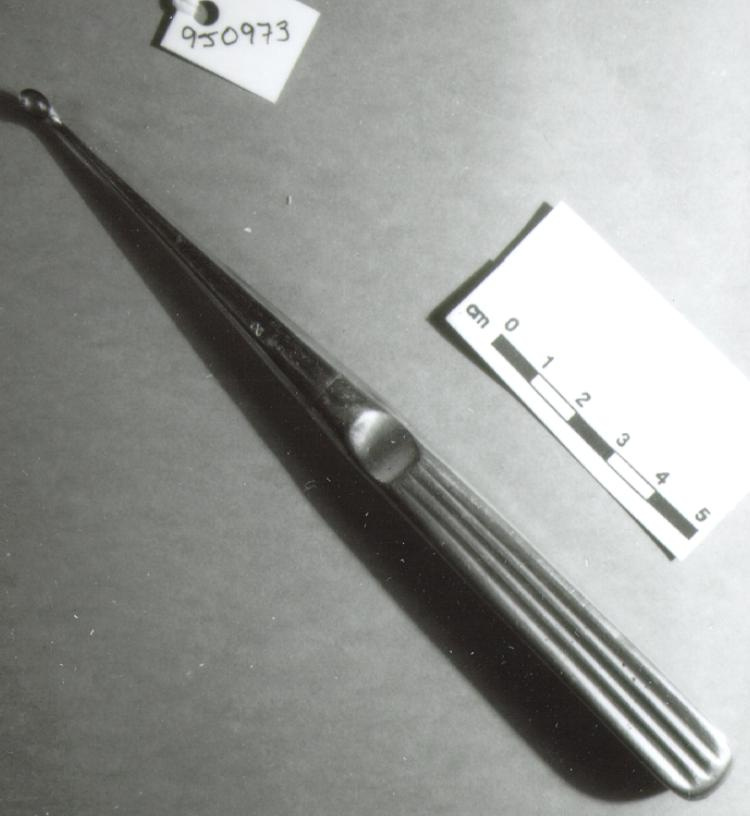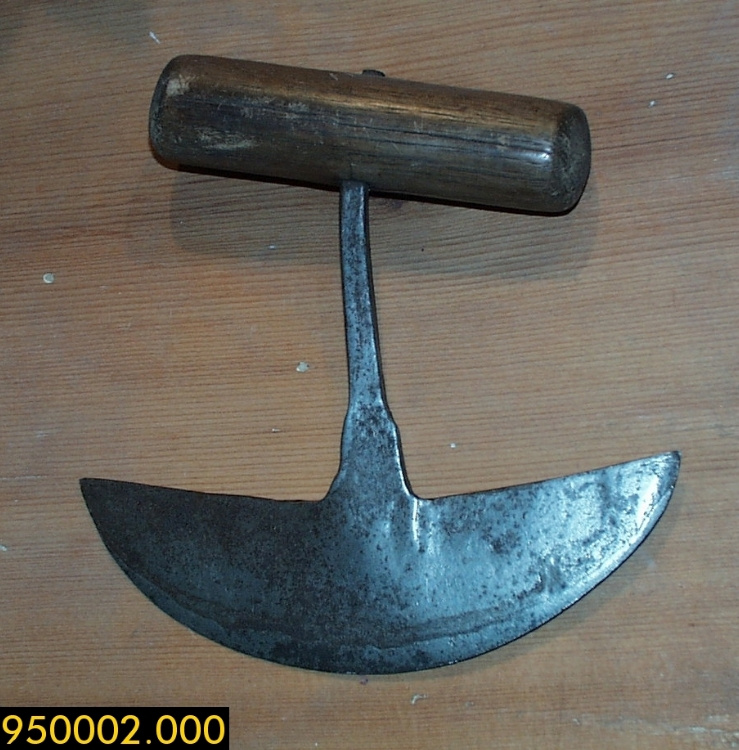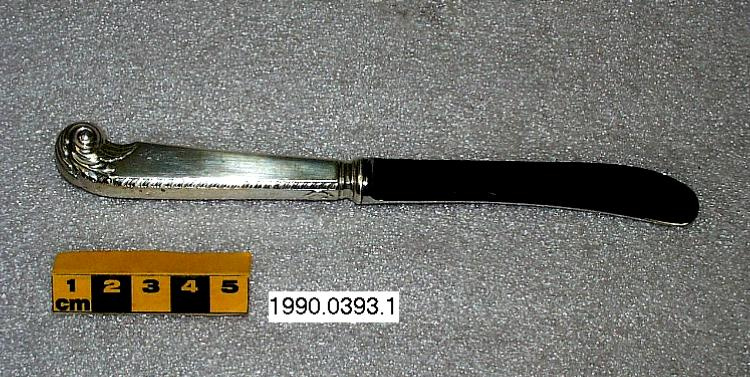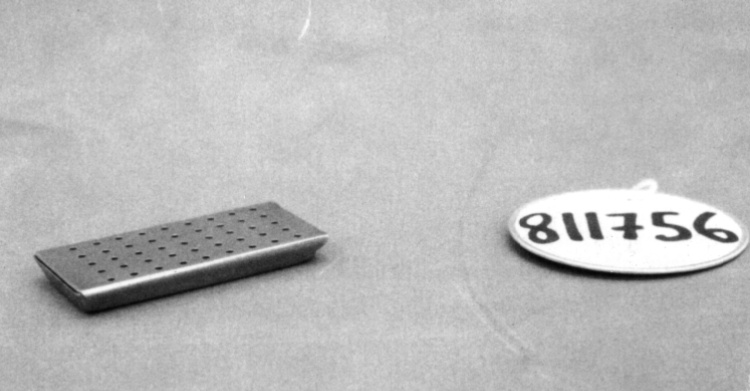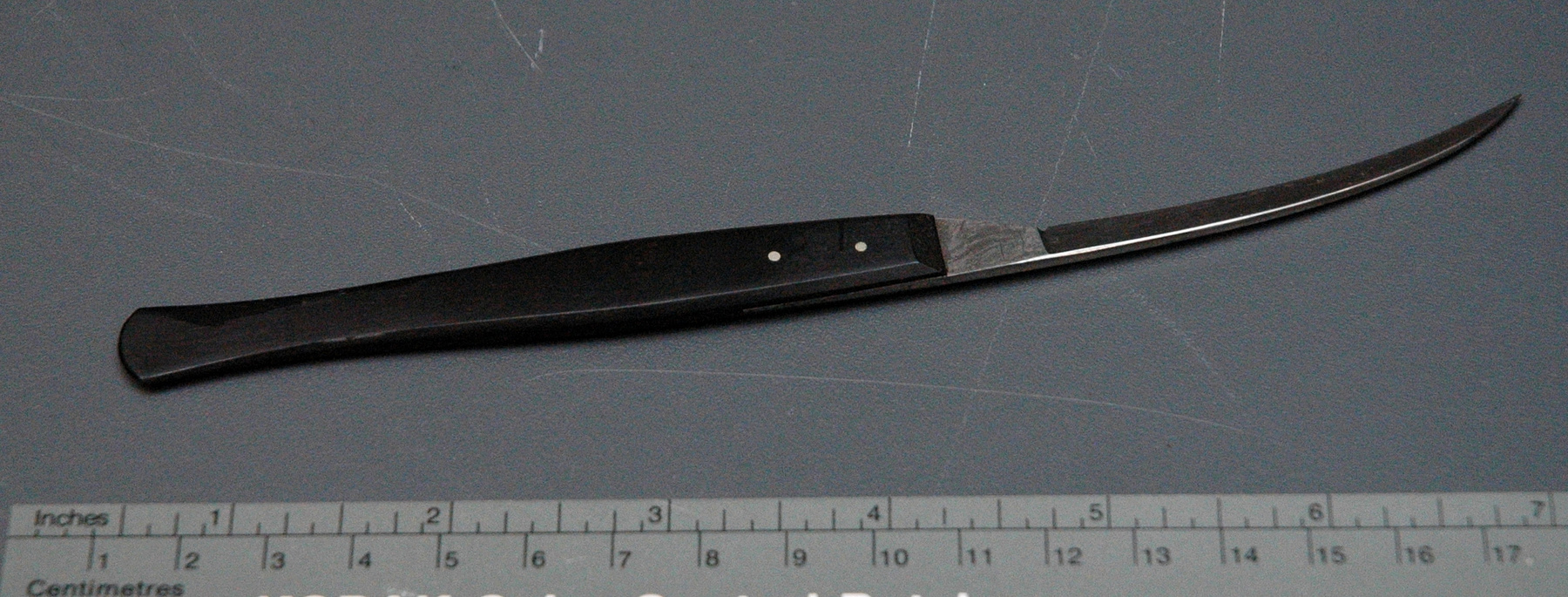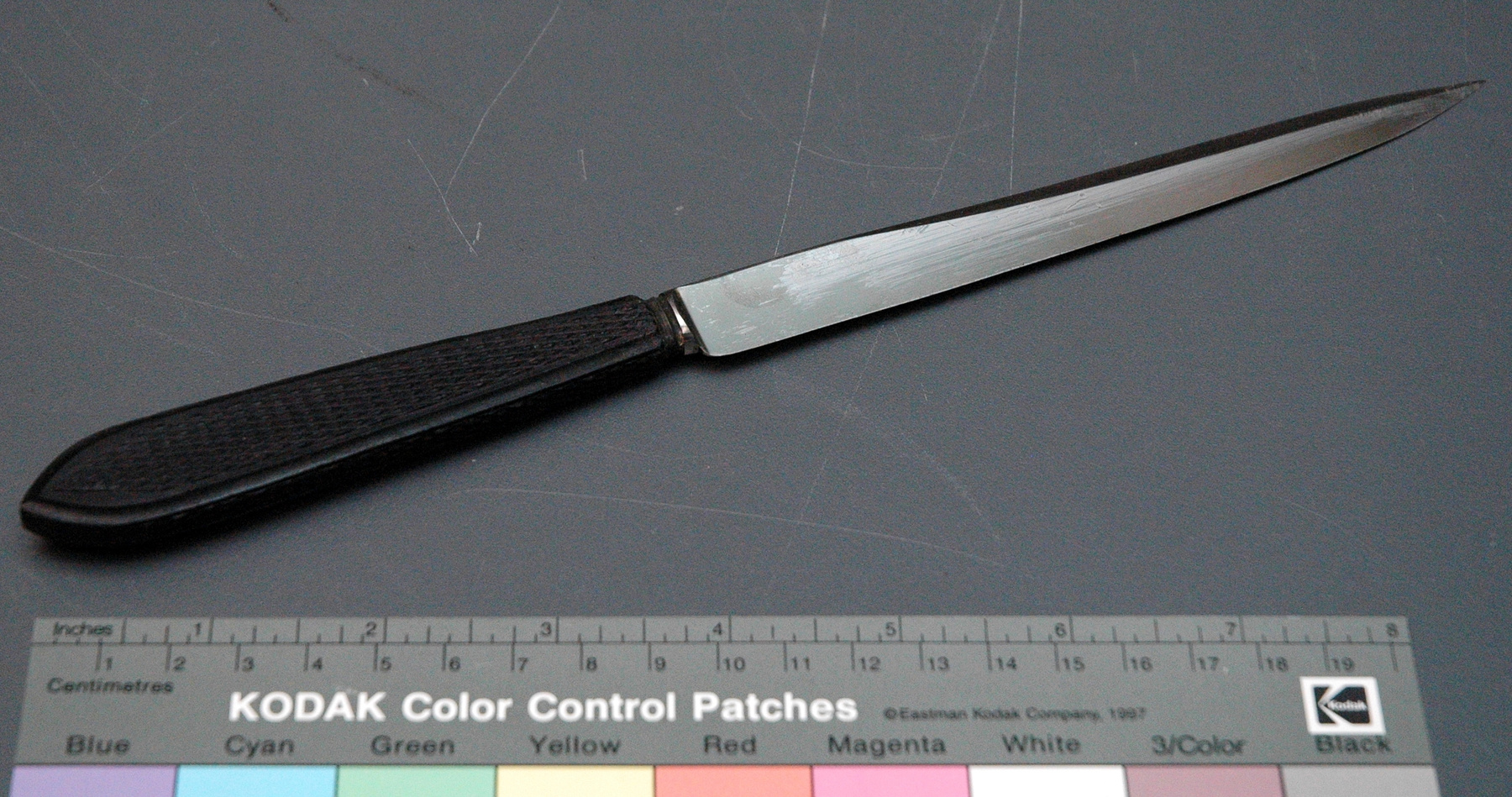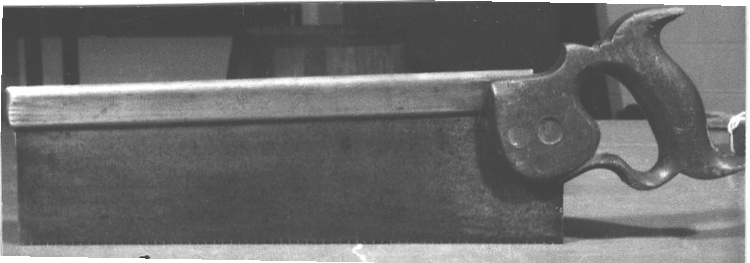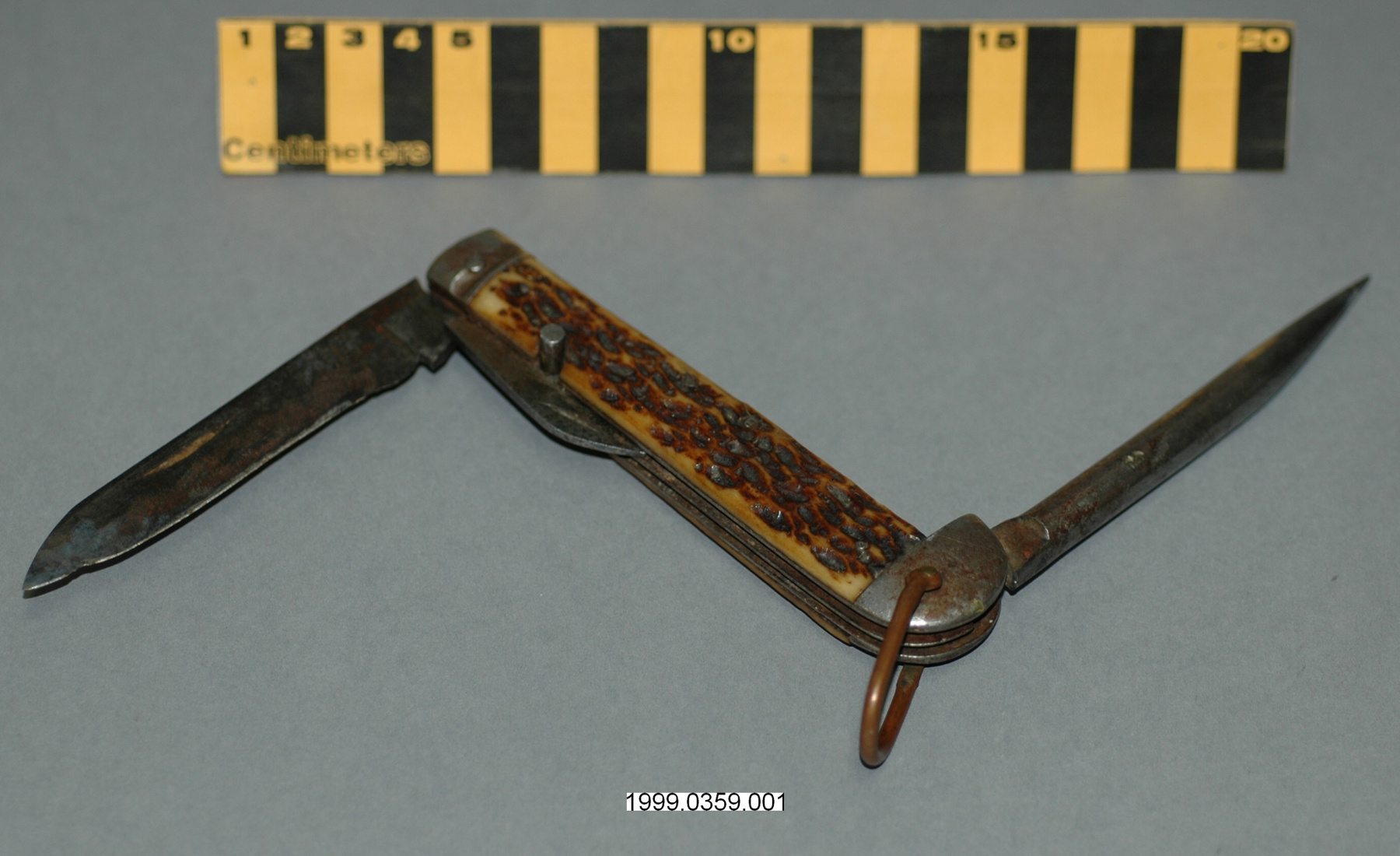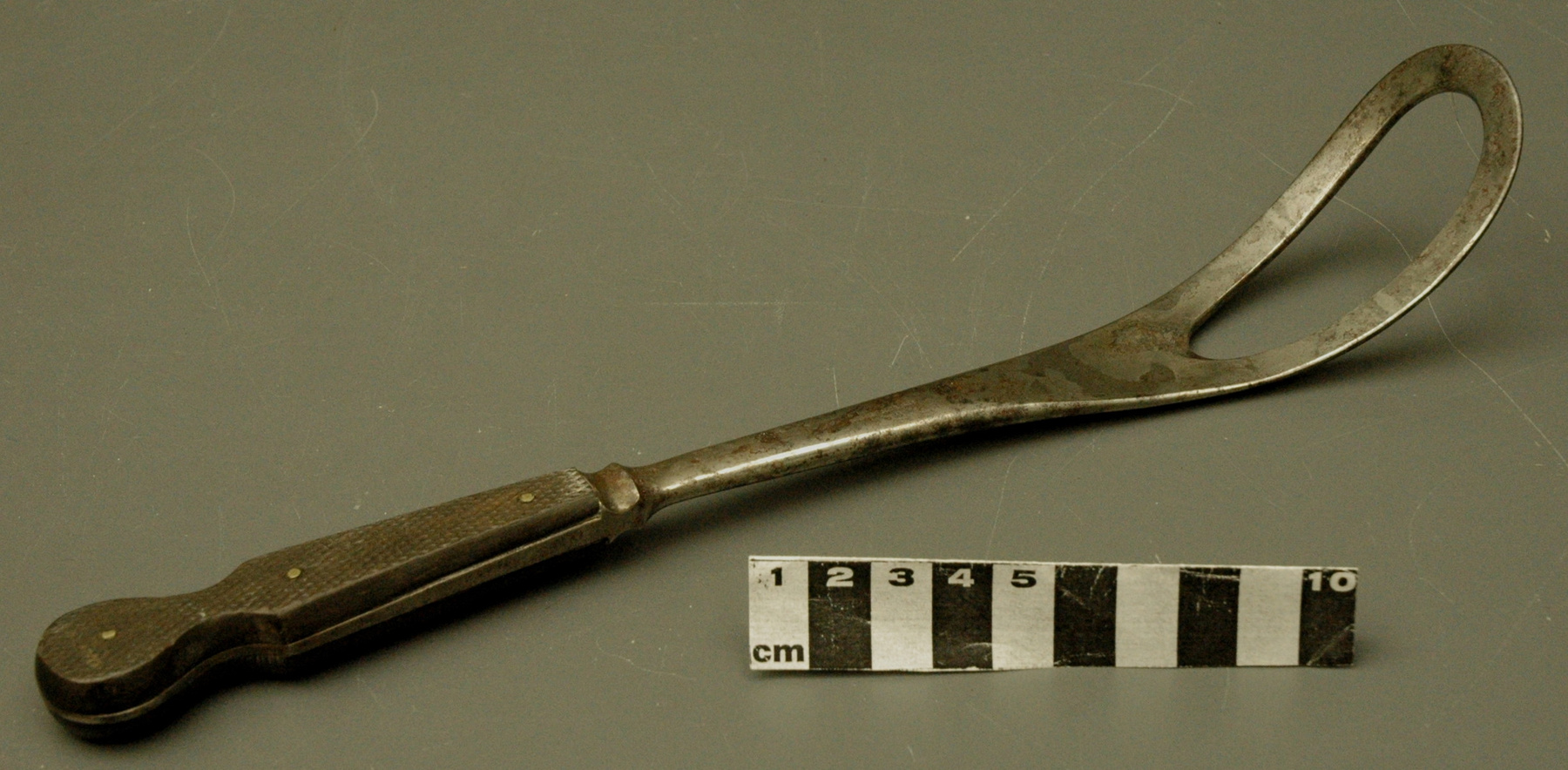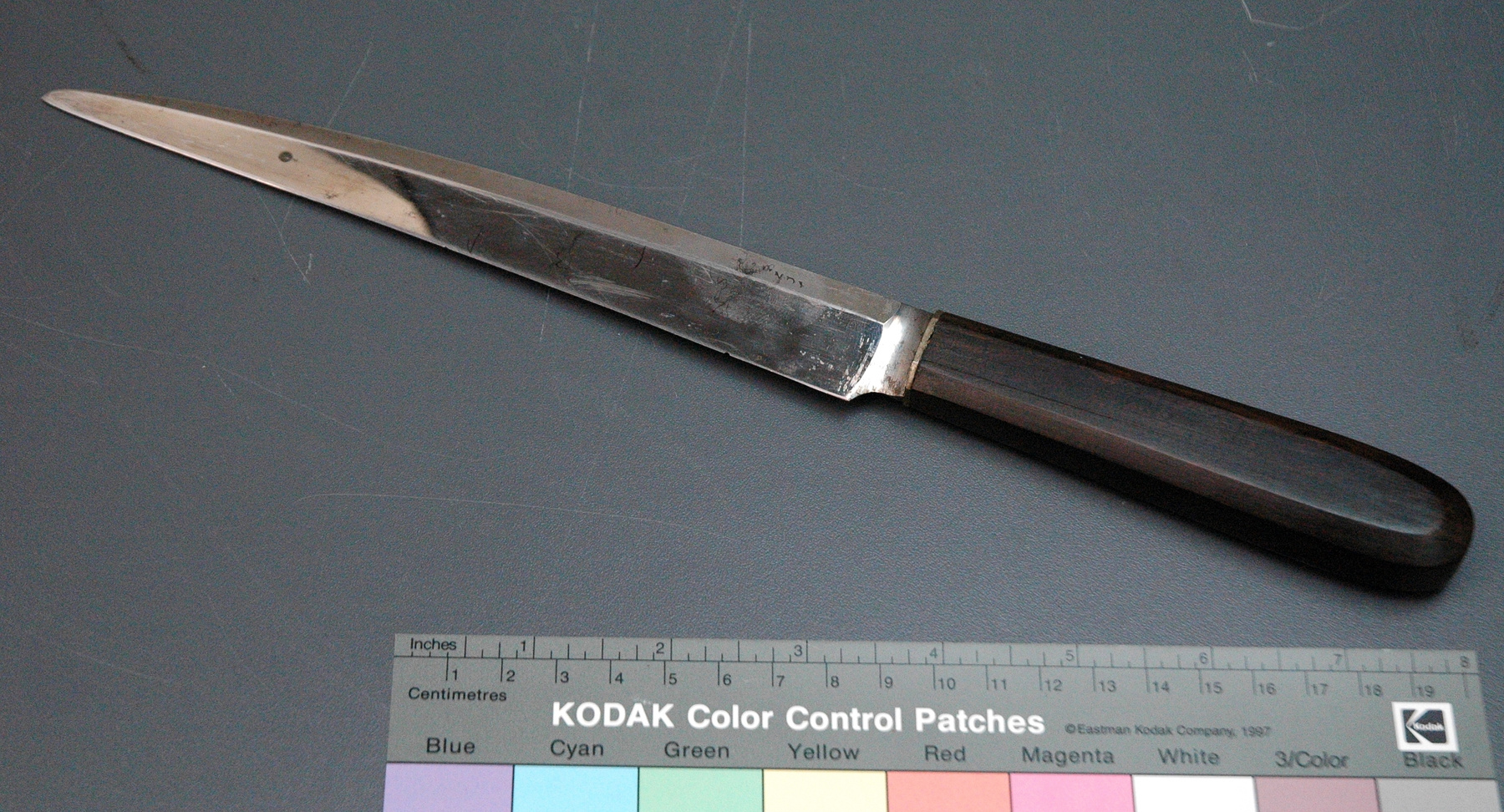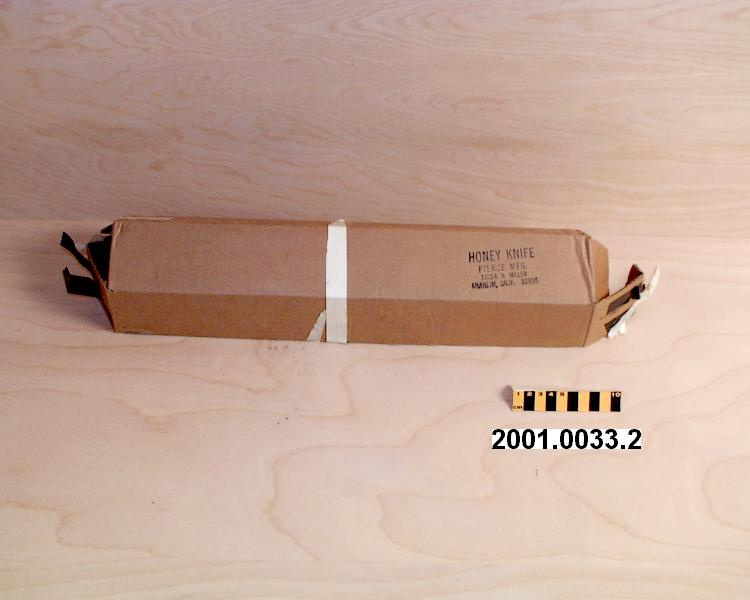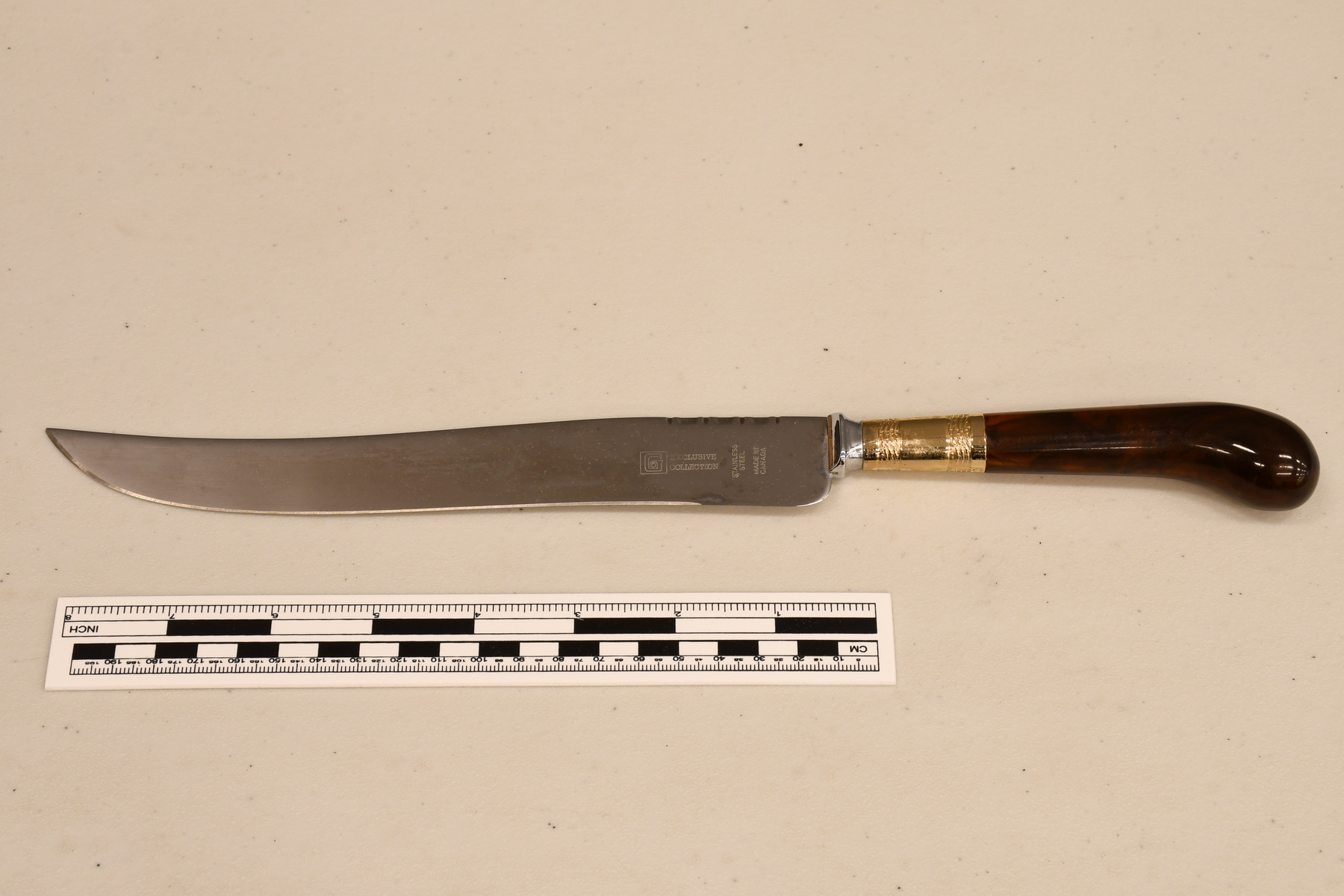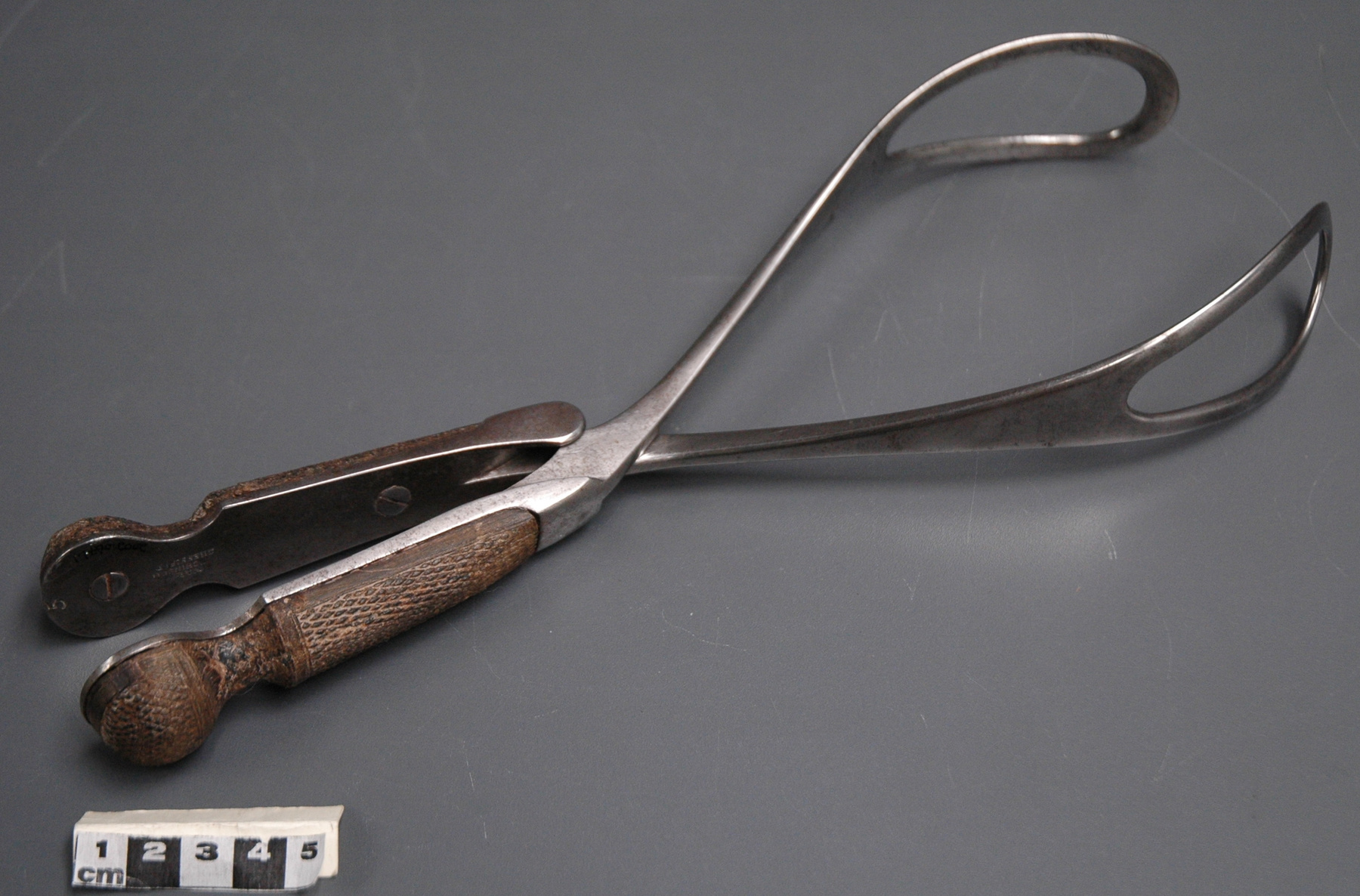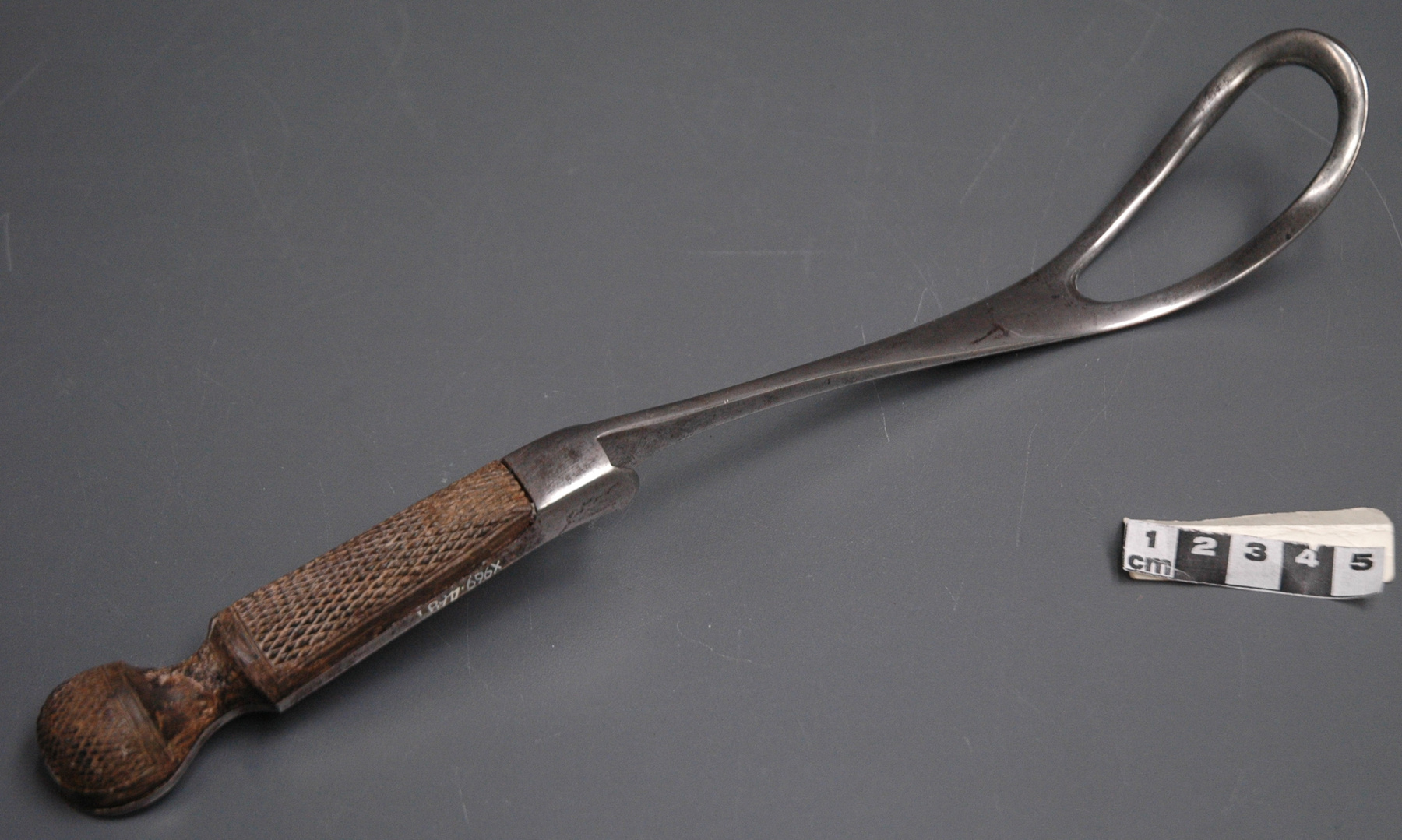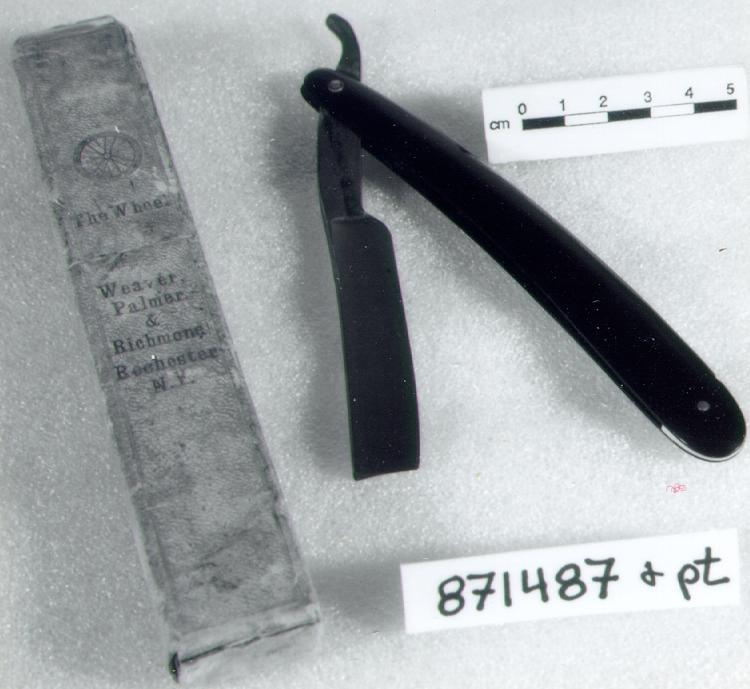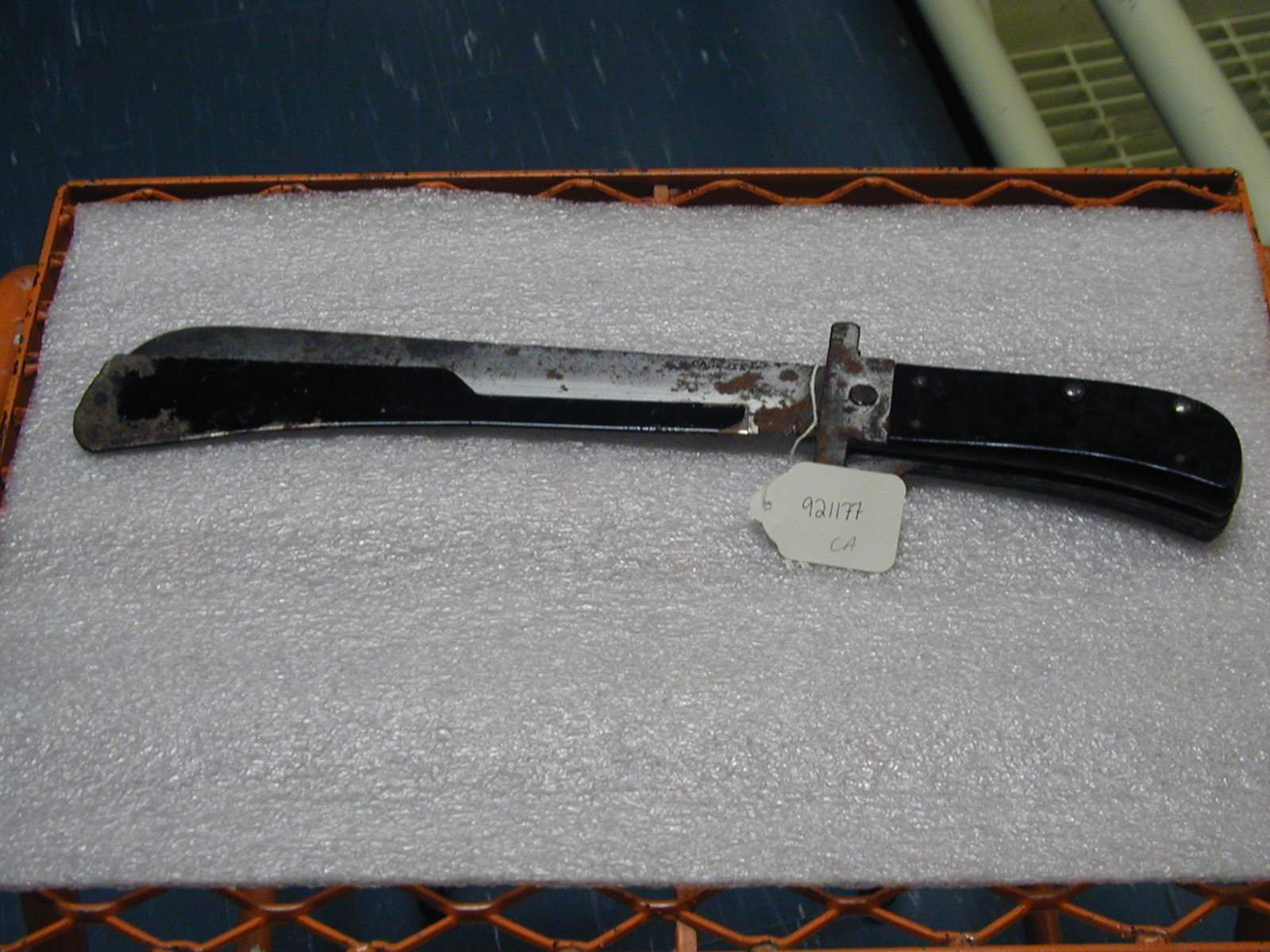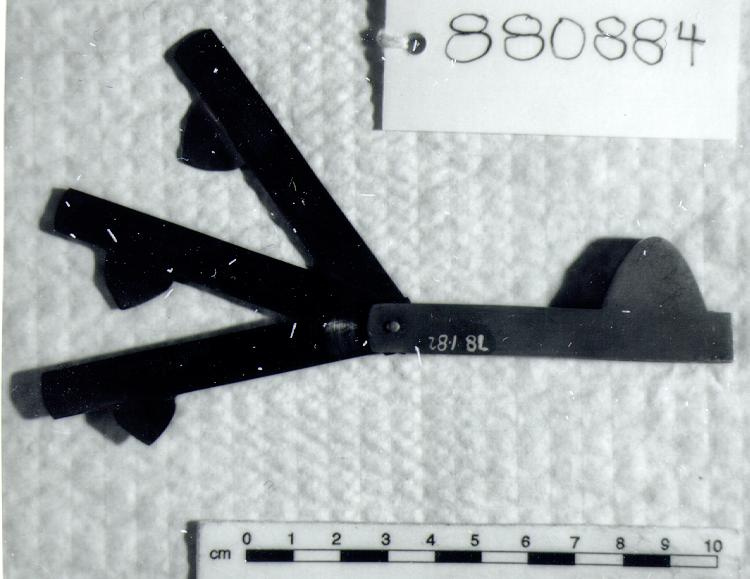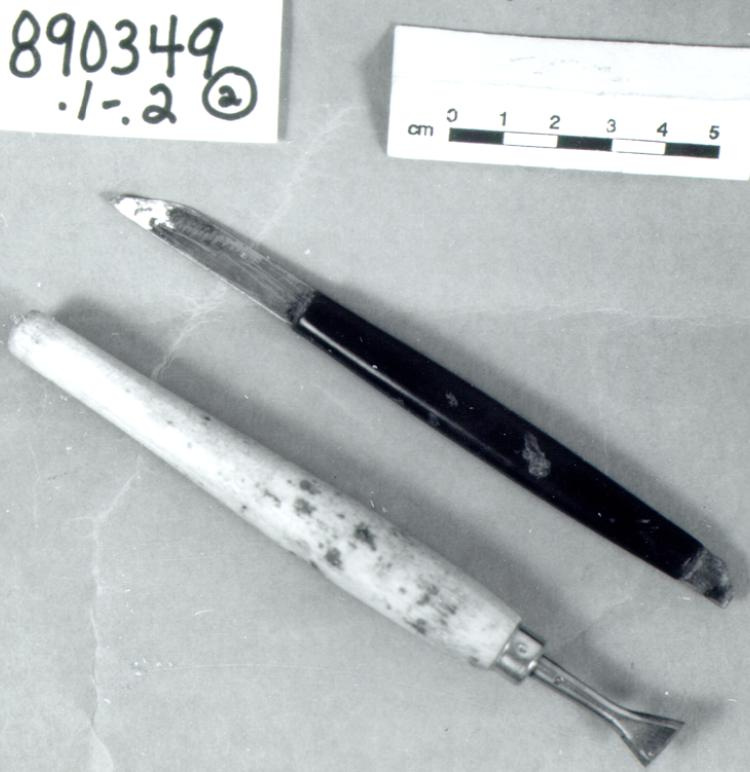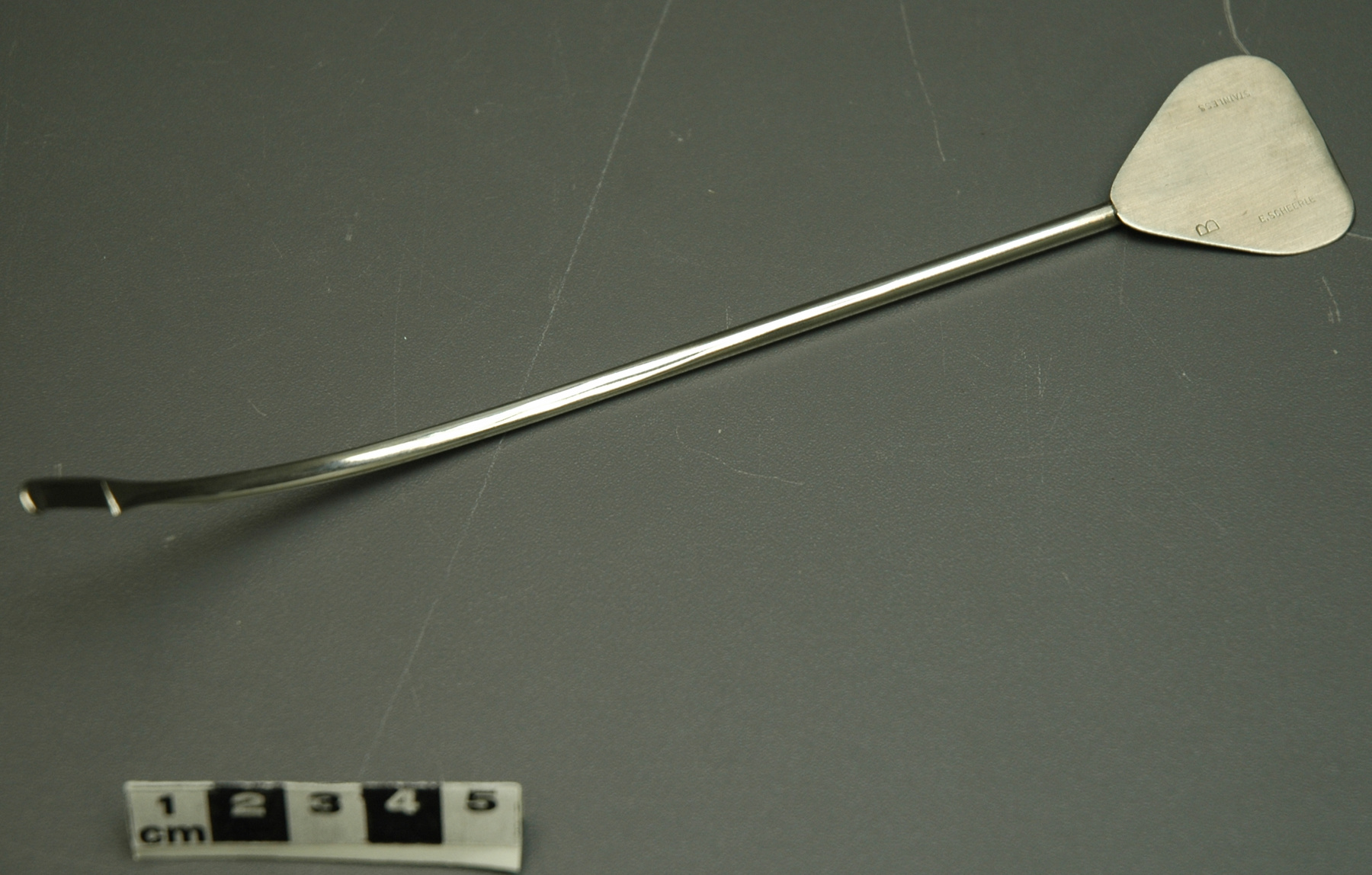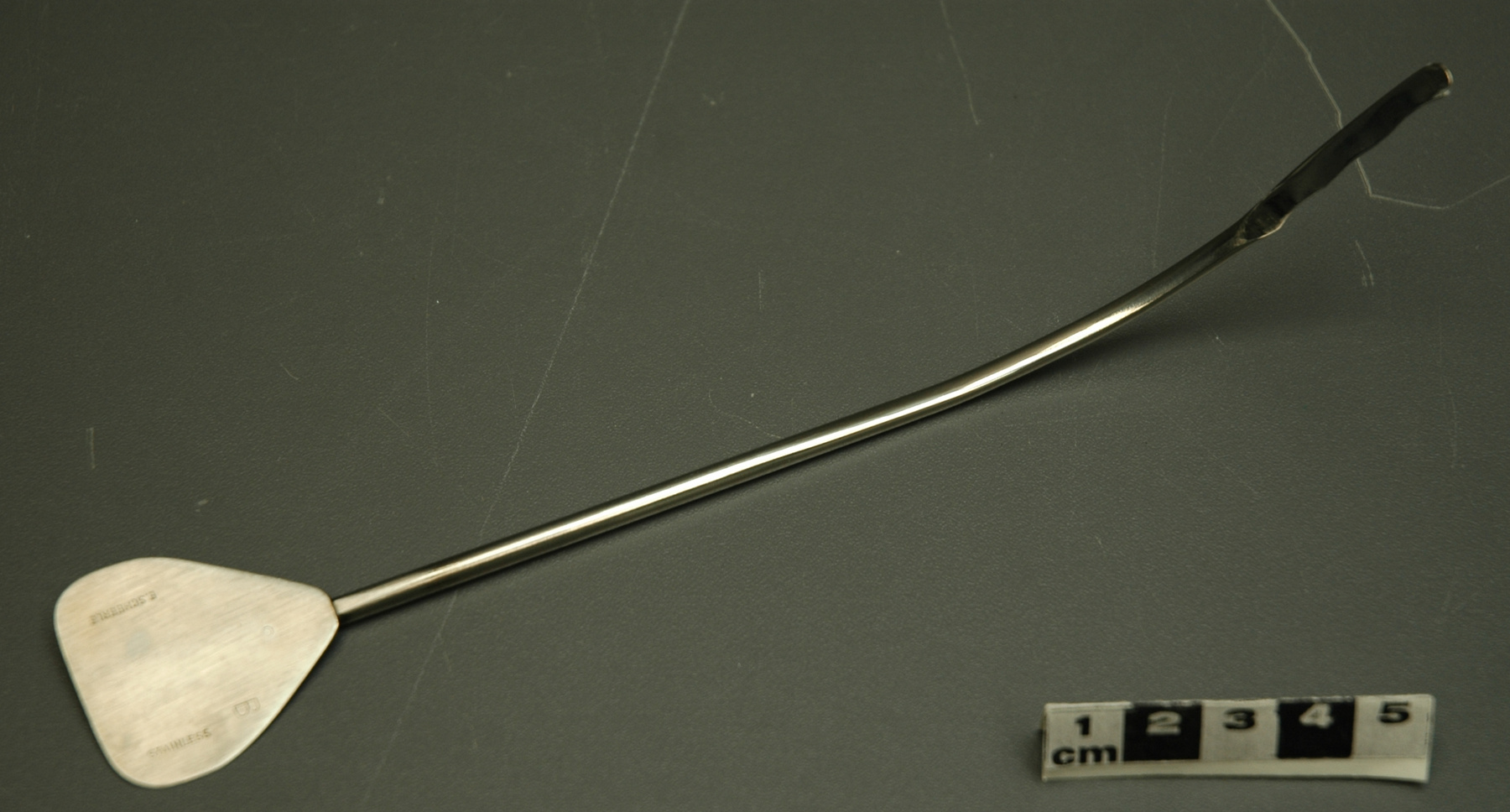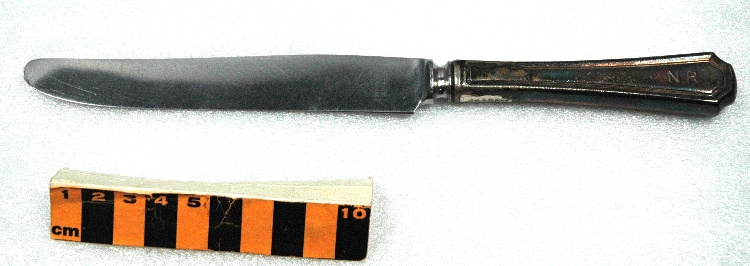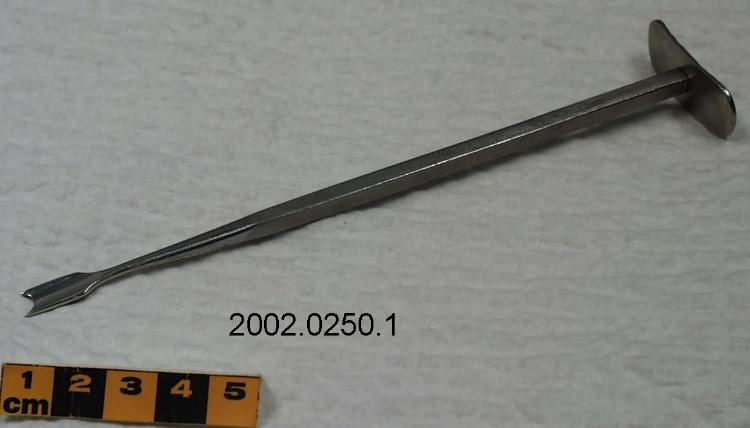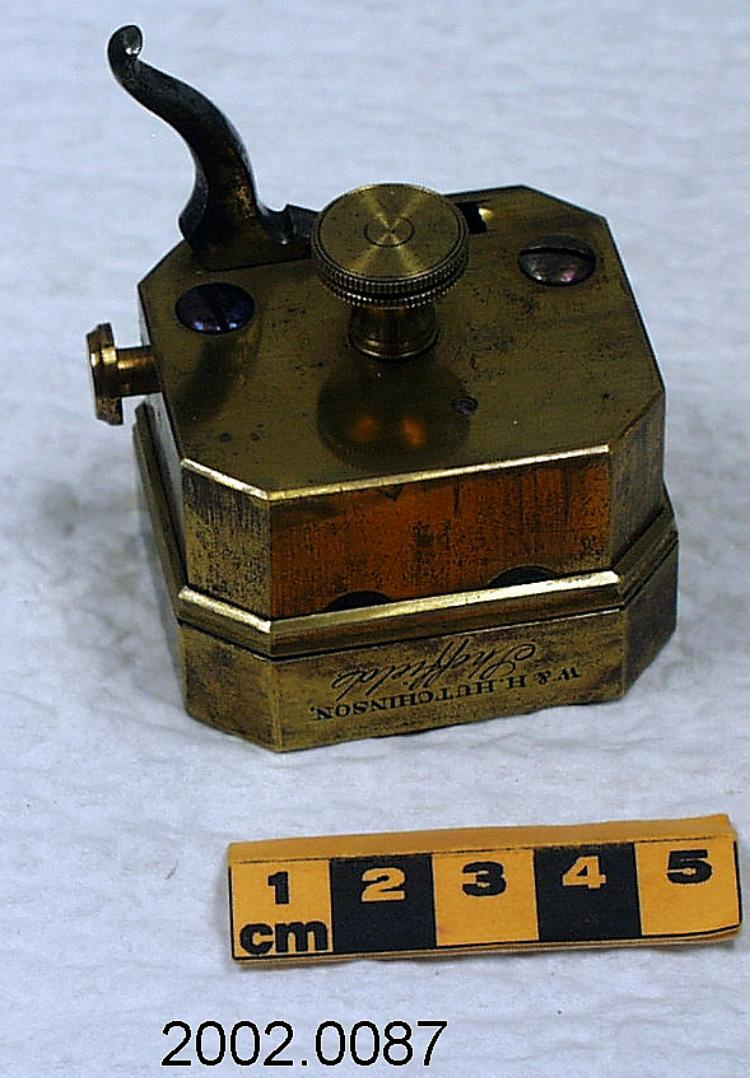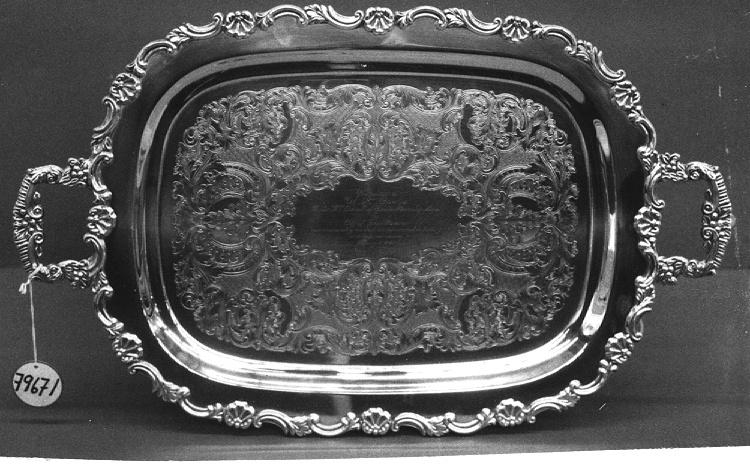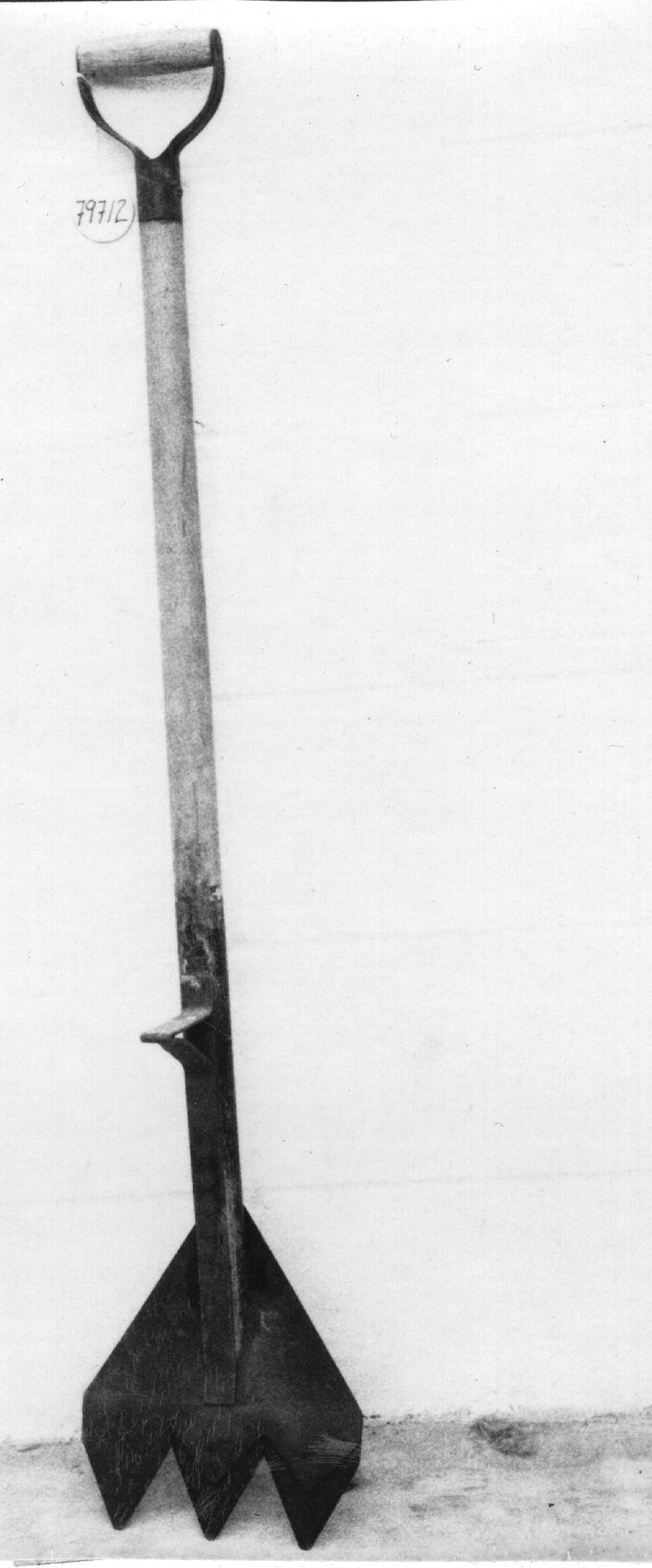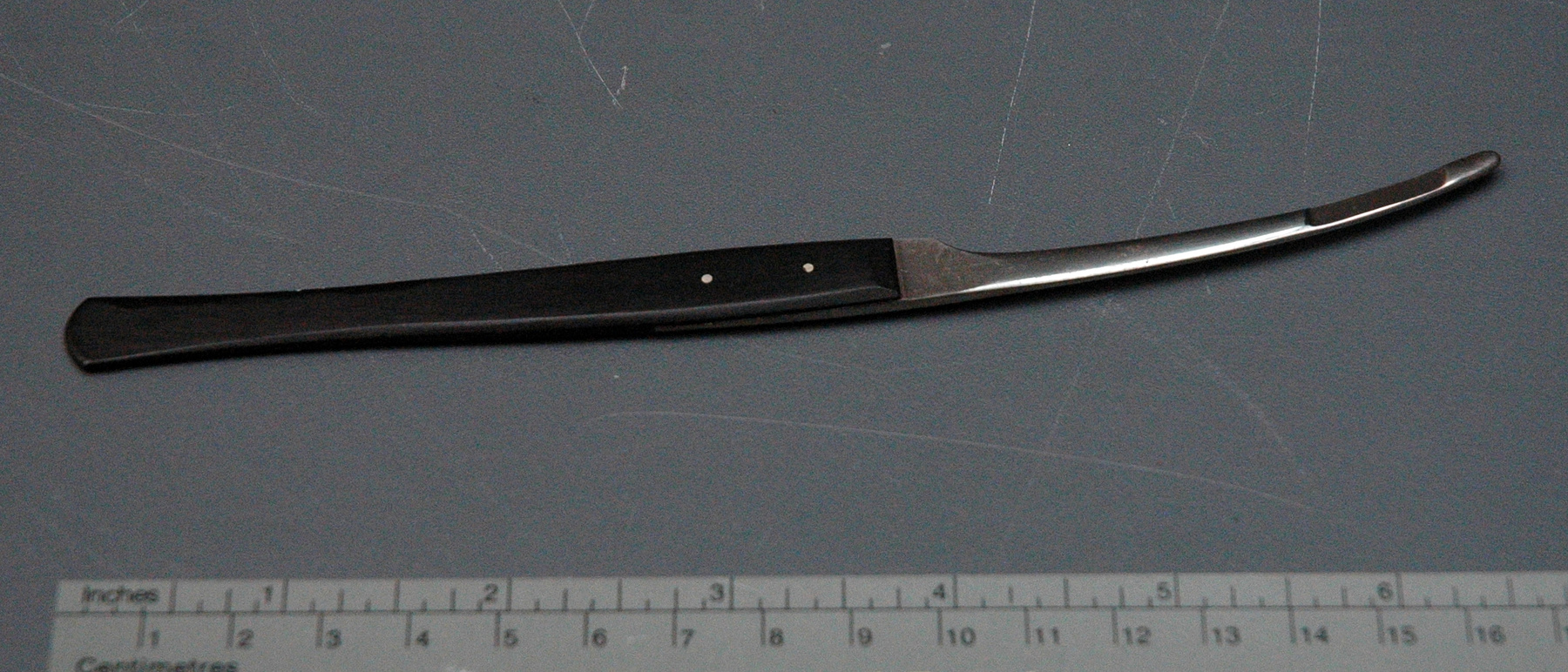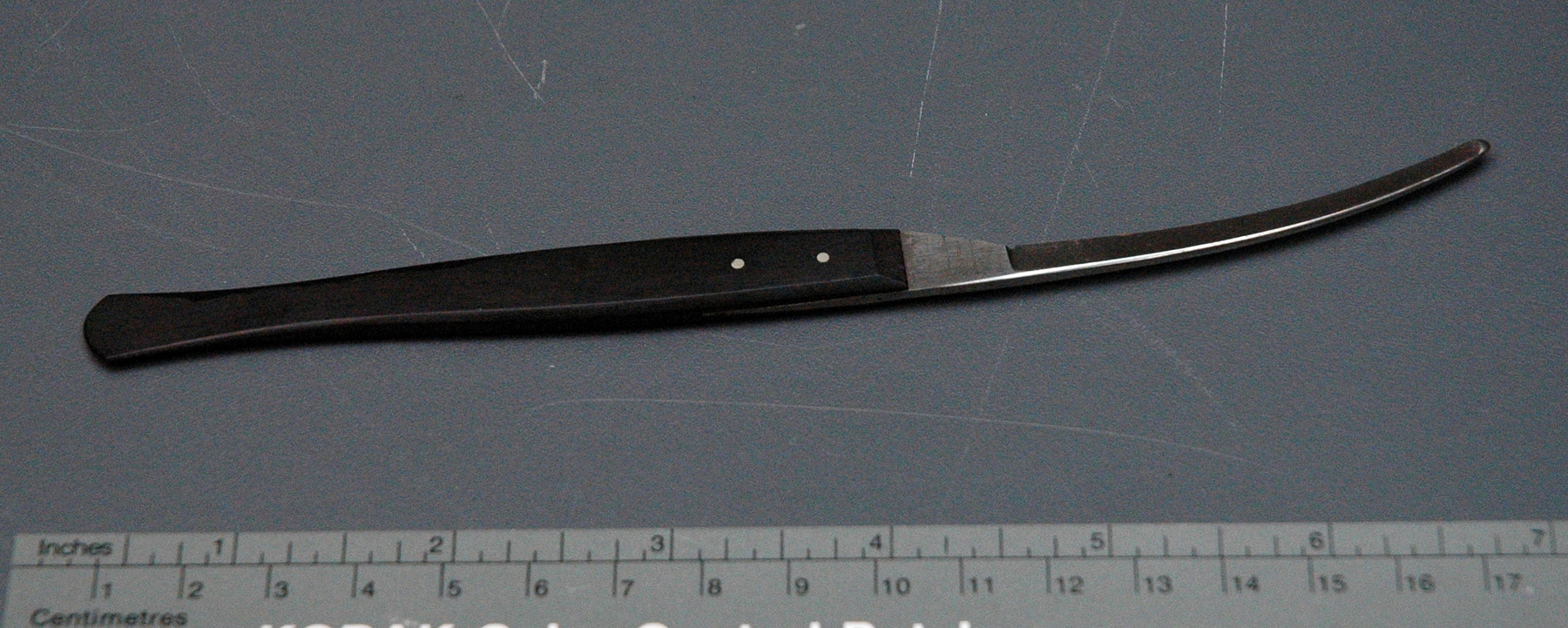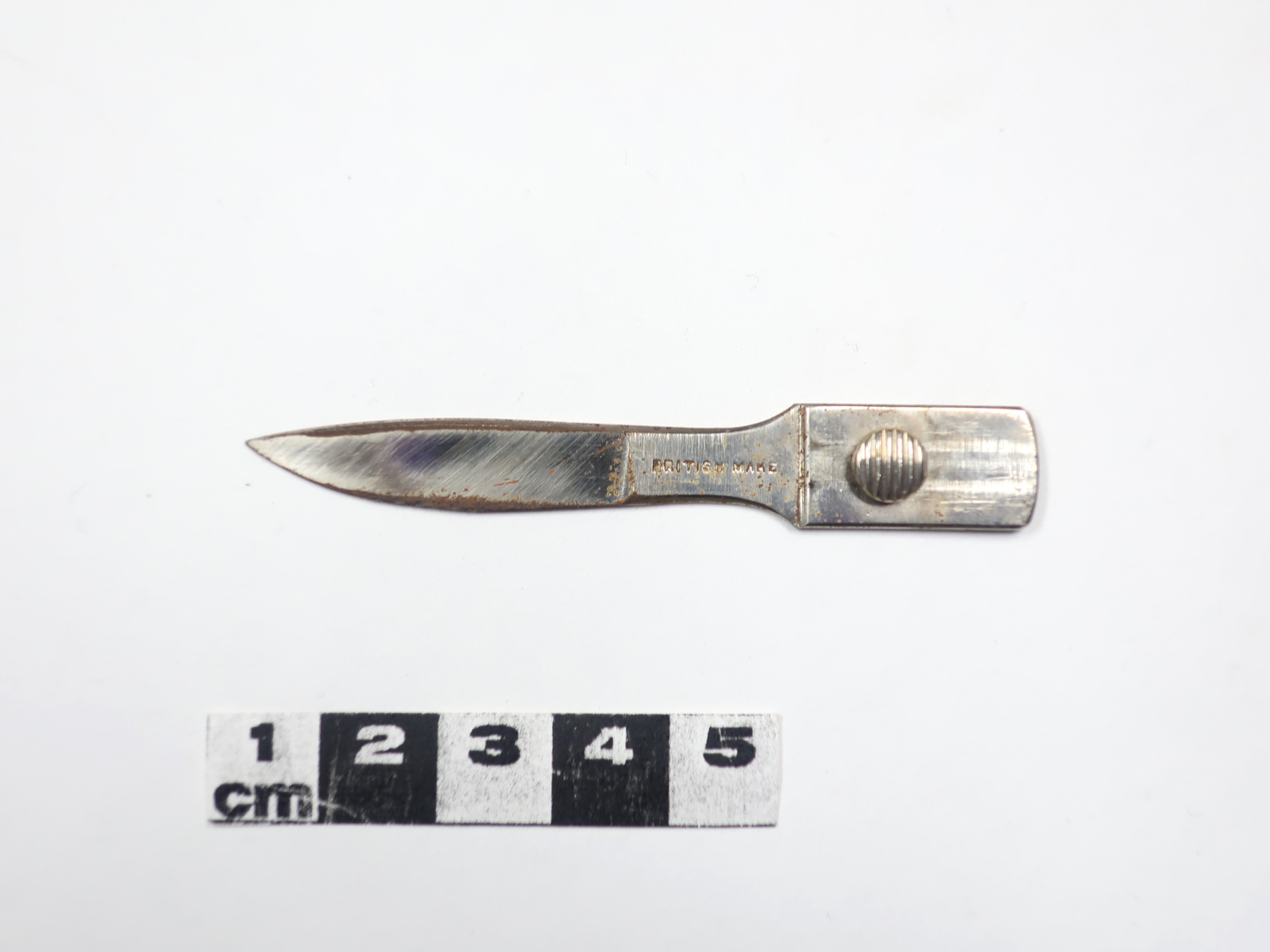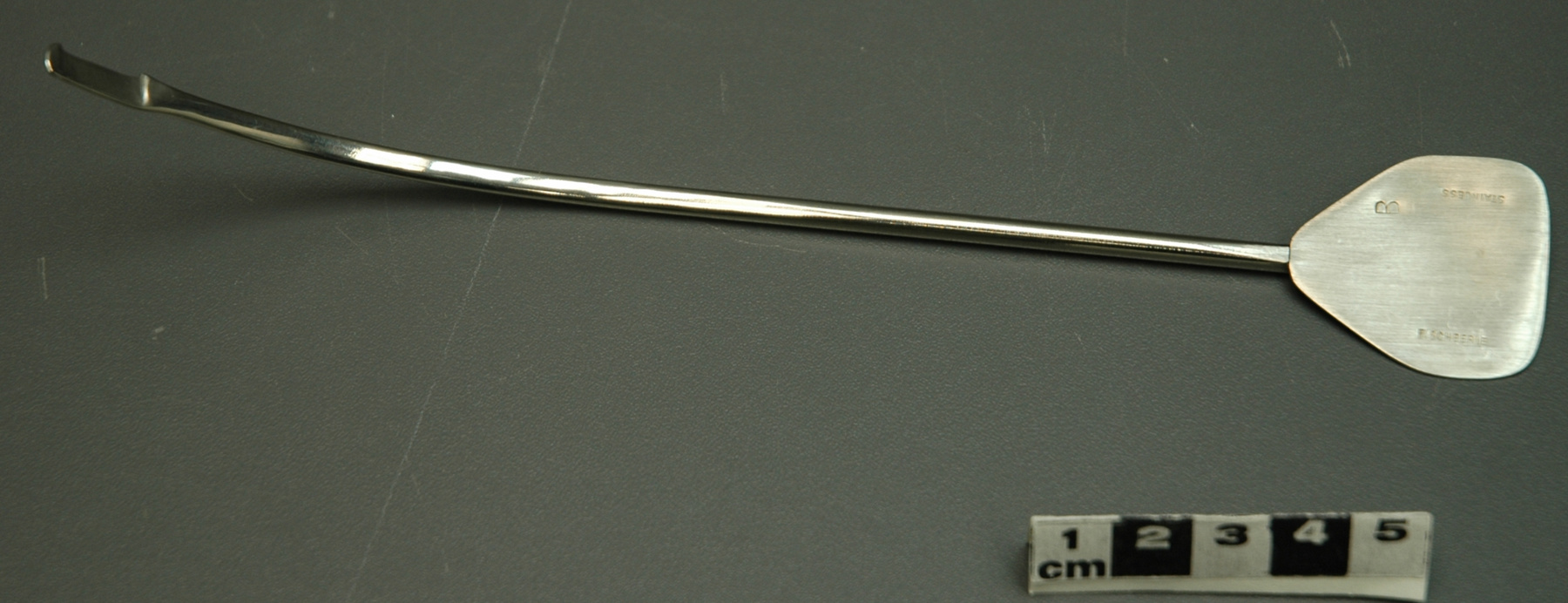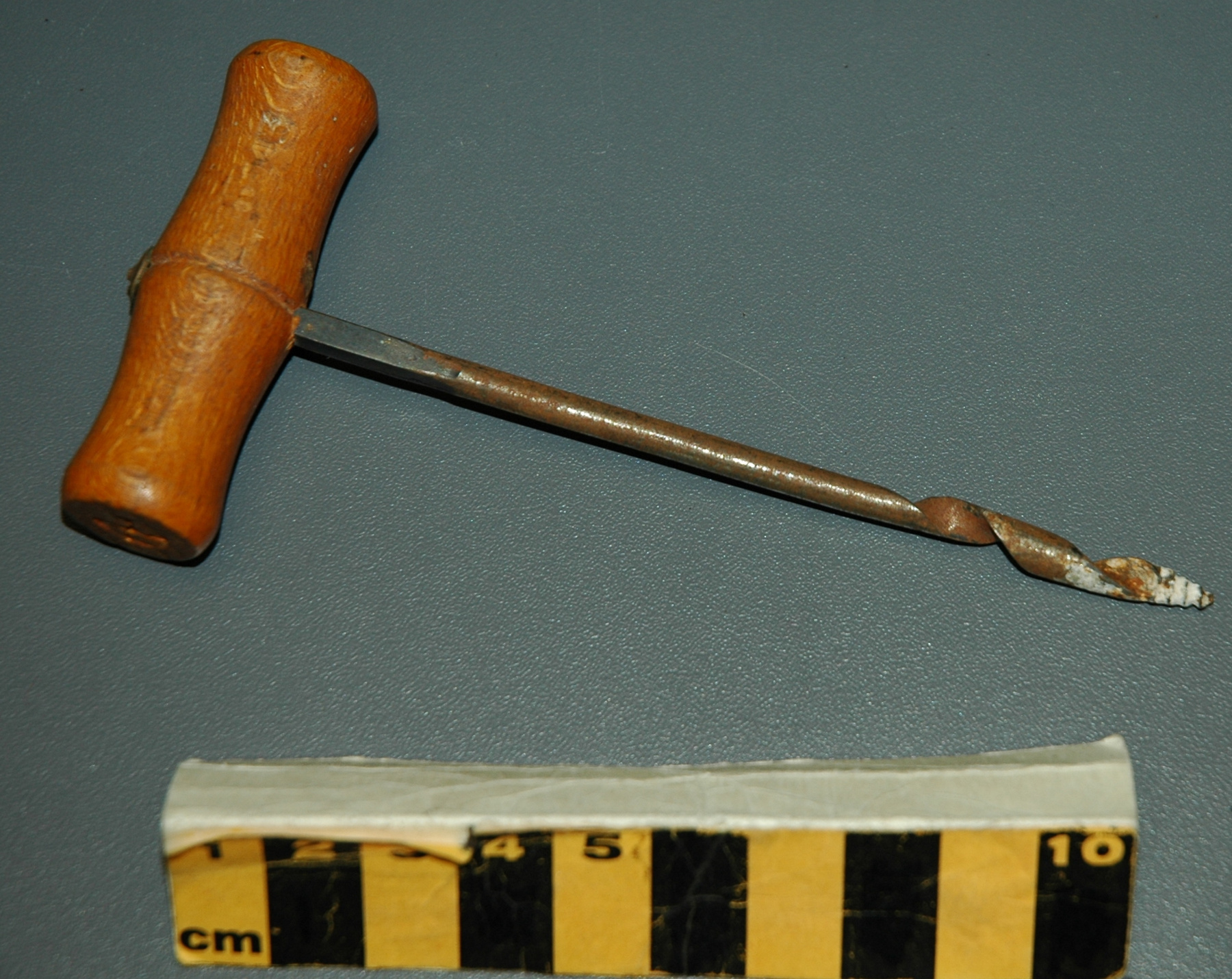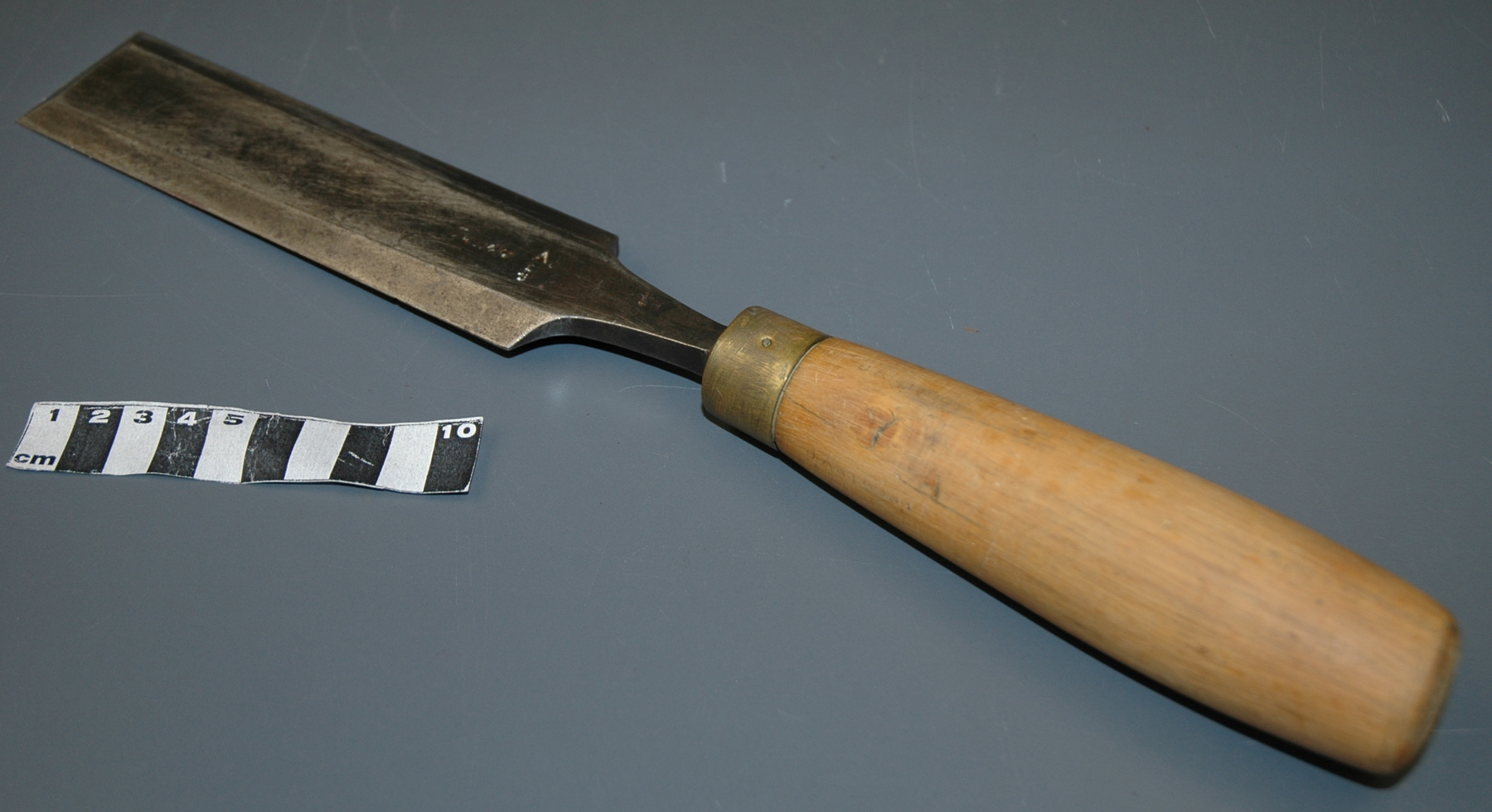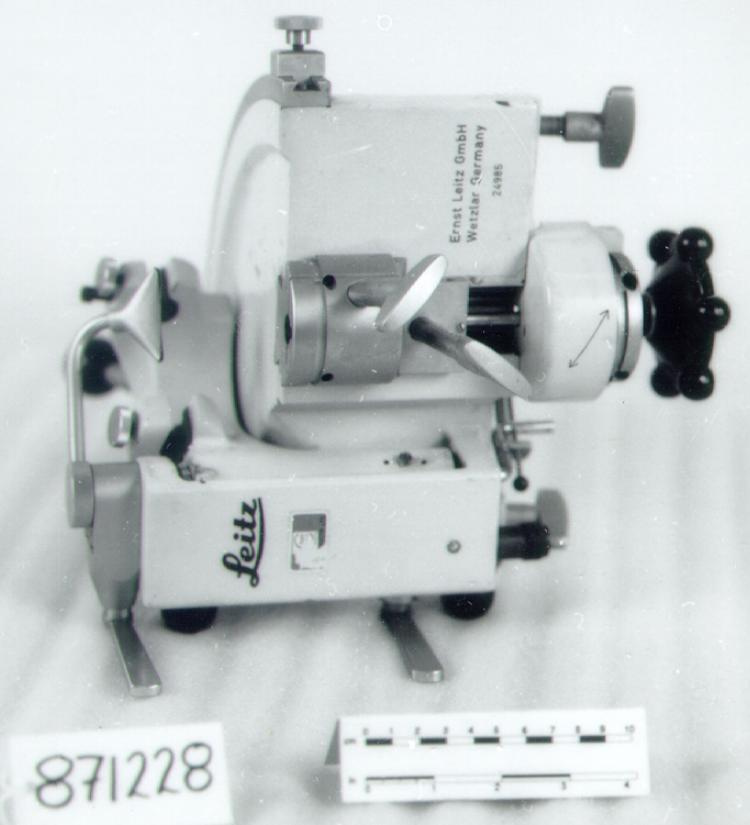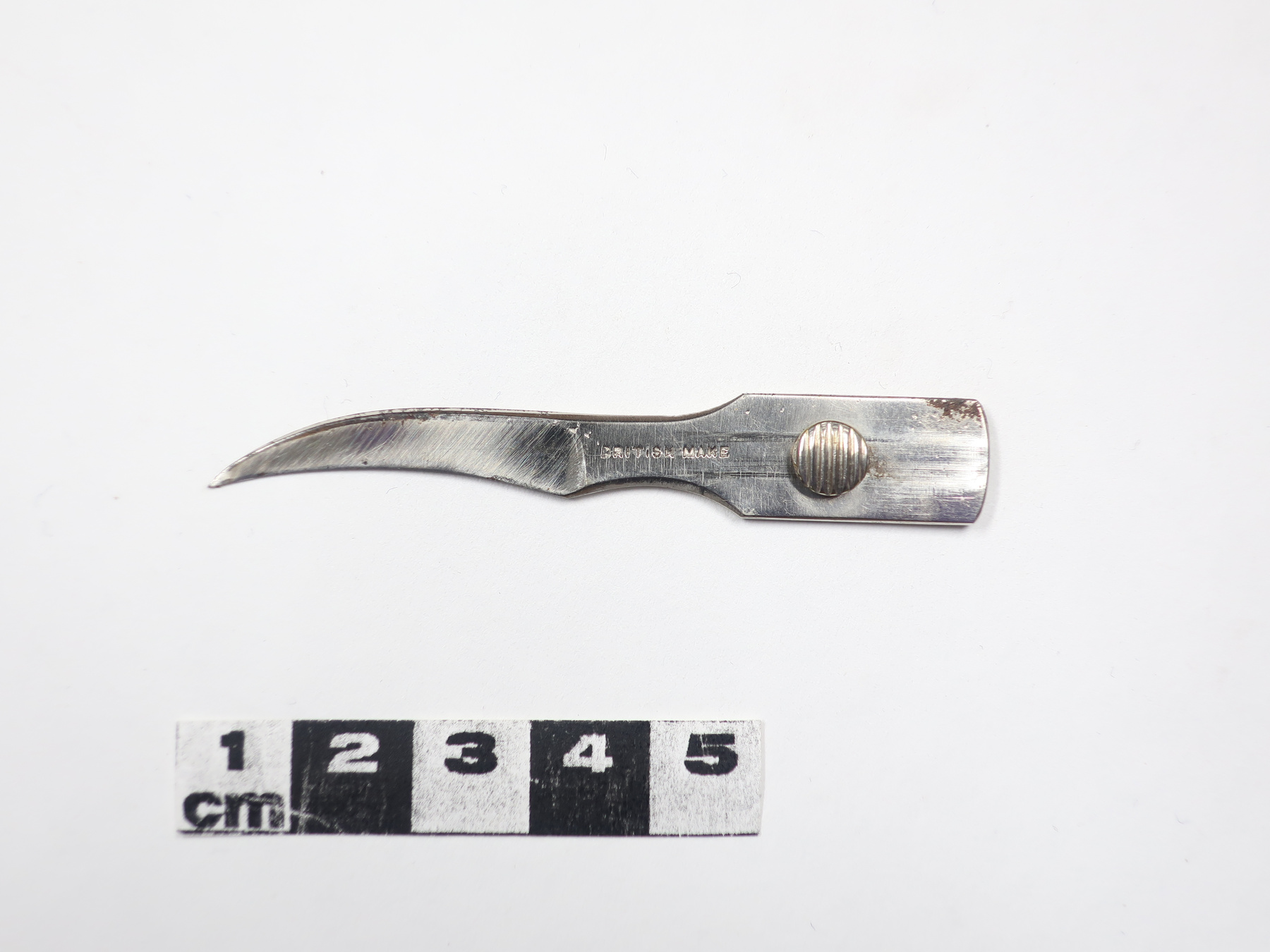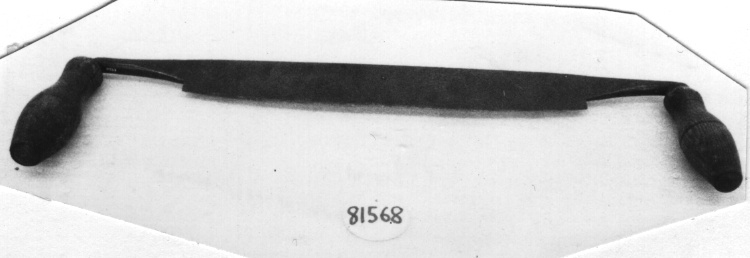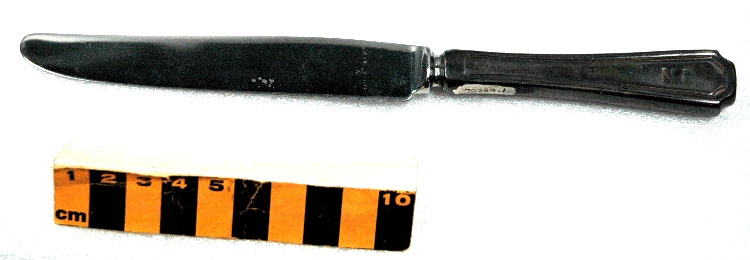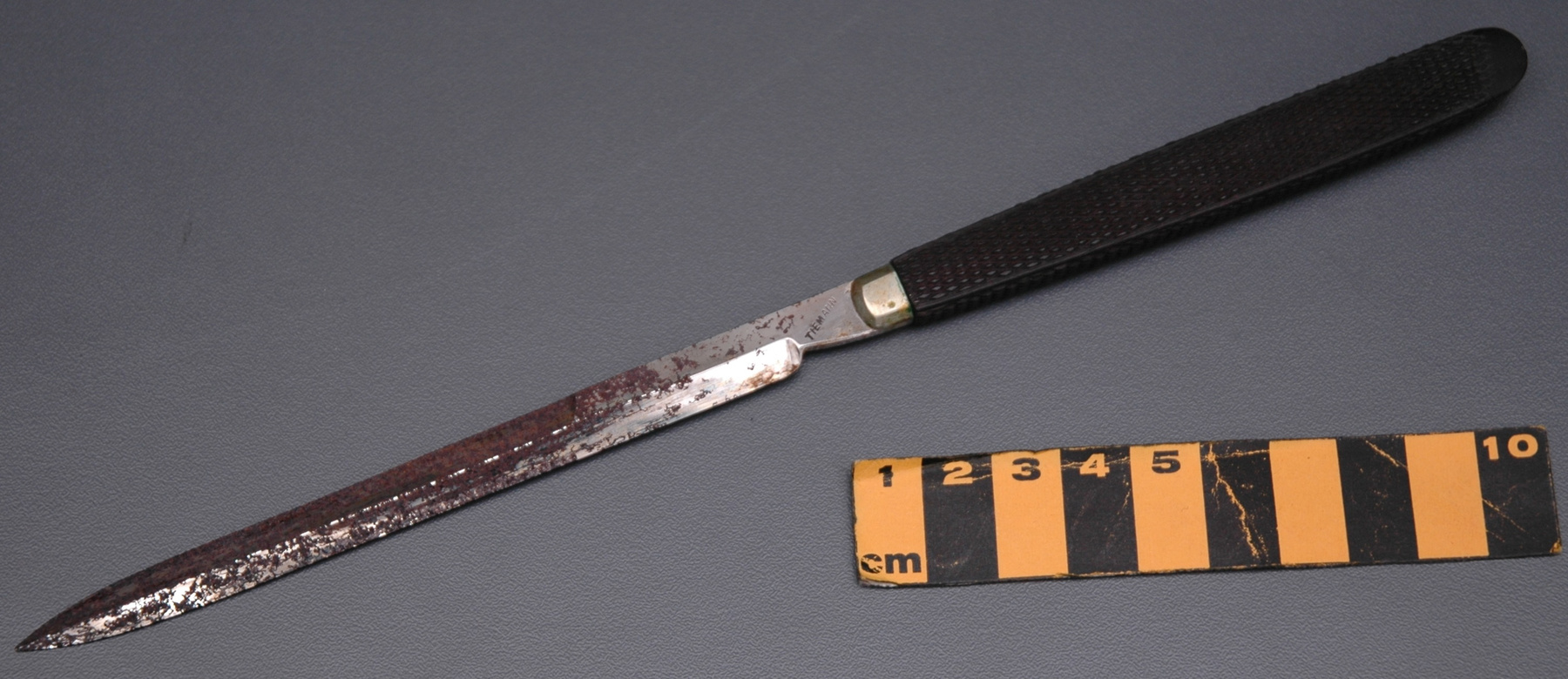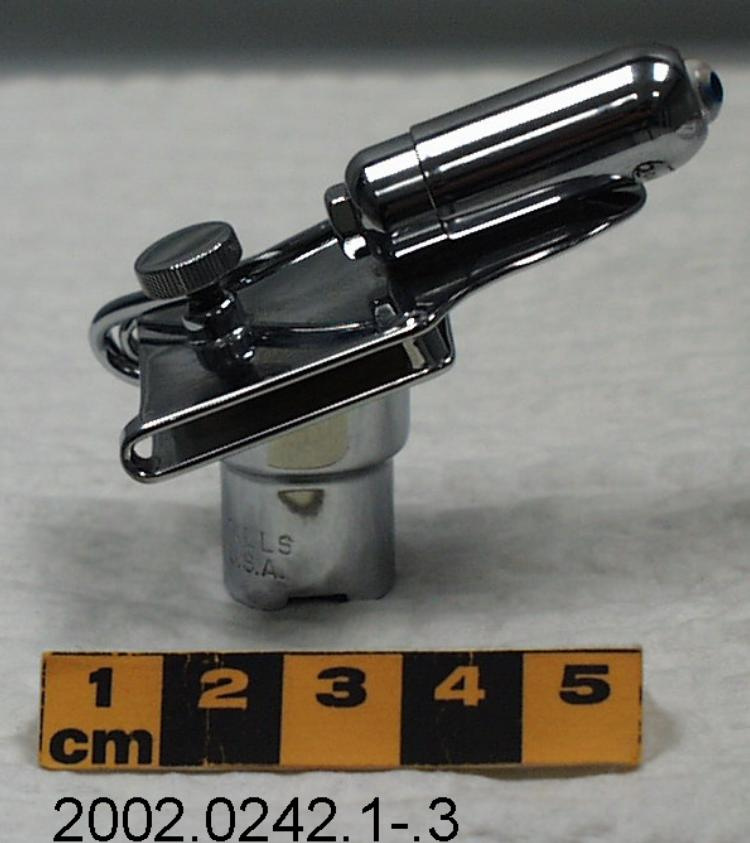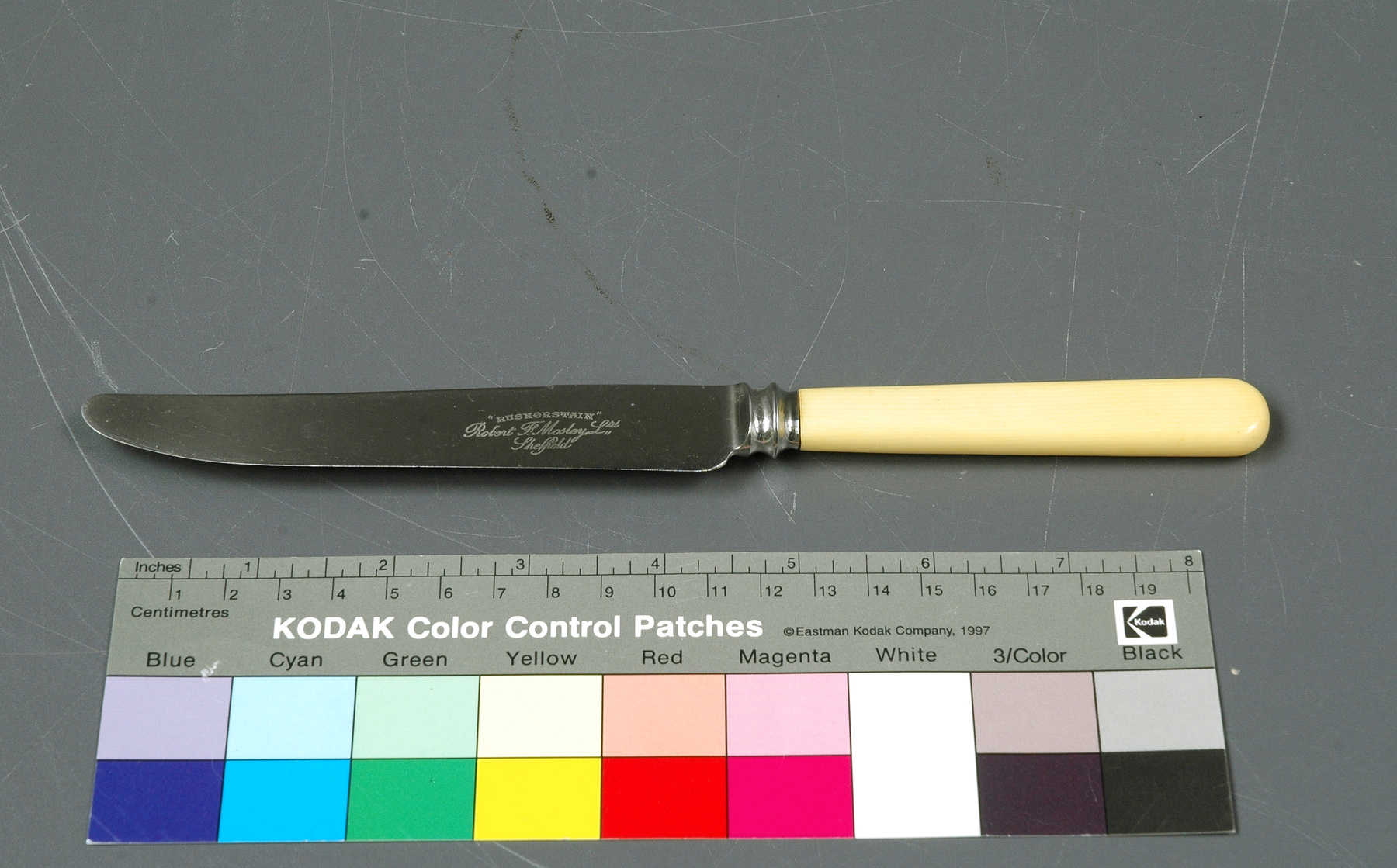Knife, luncheon
Use this image
Can I reuse this image without permission? Yes
Object images on the Ingenium Collection’s portal have the following Creative Commons license:
Copyright Ingenium / CC BY-NC-ND (Attribution-NonCommercial 4.0 International (CC BY-NC 4.0)
ATTRIBUTE THIS IMAGE
Ingenium,
2016.0017.004
Permalink:
Ingenium is releasing this image under the Creative Commons licensing framework, and encourages downloading and reuse for non-commercial purposes. Please acknowledge Ingenium and cite the artifact number.
DOWNLOAD IMAGEPURCHASE THIS IMAGE
This image is free for non-commercial use.
For commercial use, please consult our Reproduction Fees and contact us to purchase the image.
- OBJECT TYPE
- N/A
- DATE
- 1914–1920
- ARTIFACT NUMBER
- 2016.0017.004
- MANUFACTURER
- Mosley, Robert F. Ltd.
- MODEL
- Rusnorstain
- LOCATION
- Sheffield, England
More Information
General Information
- Serial #
- N/A
- Part Number
- 4
- Total Parts
- 9
- AKA
- Breakfast knife
- Patents
- N/A
- General Description
- Stainless steel blade and celluloid handle.
Dimensions
Note: These reflect the general size for storage and are not necessarily representative of the object's true dimensions.
- Length
- 22.9 cm
- Width
- 2.1 cm
- Height
- 1.3 cm
- Thickness
- N/A
- Weight
- N/A
- Diameter
- N/A
- Volume
- N/A
Lexicon
- Group
- Domestic Technology
- Category
- Food service
- Sub-Category
- N/A
Manufacturer
- AKA
- Mosley
- Country
- England
- State/Province
- Unknown
- City
- Sheffield
Context
- Country
- United Kingdom
- State/Province
- Unknown
- Period
- Early to mid-20th century
- Canada
-
Purchased for the Story of Steel section in the Transforming Resources gallery. (From Acquisitions Worksheet, see Ref. 1) - Function
-
To cut food. (From Acquisitions Worksheet, see Ref. 1) - Technical
-
Harry Brearley, and English metallurgist, is generally credited with the development of, what he called, rustless steel in 1913. At the time, he experimented with steel to decrease erosion properties and increase sanitation of existing steels. In reality stainless steel was developed over many decades, with research on corrosion resistant varieties dating back to mid-1700s. There was a strong military component to this research. Soldiers who cleaned their iron armour and weapons were removing a protective coat and the armour rusted easily. 1838 R. Mallet established that adding chromium to iron increased the resistance to corrosion in the alloy by providing a film on the surface of a metal. The actual development of stainless steel is recognized by experts as a body of work conducted by scientists in Europe and North America including L.B. Guillet, A. M. Portevin, W. Borchers, E. Maurer, P Monnartz B. Strauss, C. Dantsizen and Harry Brearley. This is an early example of stainless steel knives, made by Robert F. Mosley in Sheffield, between 1914 and 1920. The handle is made of celluloid (more specifically xylonite), an early thermoplastic compound used to imitate ivory. The cutlery was developed by Ernest Stuart, who worked at Robert F. Mosley Portland Works. The company was the first in the world to produce stainless steel cutlery. Development of the stainless steel had a widespread effect on the manufacturing processes, facilitating mass production, decreasing prices of steel goods, and greatly increasing a number of products made of steel. Dating of the knives according to the Sheffield Museum. (From Acquisitions Worksheet, see Ref. 1) - Area Notes
-
Unknown
Details
- Markings
- On the proper front side of the blade: "RUSNORSTAIN"/ Robert F. Mosley Ltd./ Sheffield"
- Missing
- Appears complete
- Finish
- Bright, silver coloured metal blade with yellowed synthetic handle.
- Decoration
- N/A
CITE THIS OBJECT
If you choose to share our information about this collection object, please cite:
Mosley, Robert F. Ltd., Knife, luncheon, between 1914–1920, Artifact no. 2016.0017, Ingenium – Canada’s Museums of Science and Innovation, http://collections.ingeniumcanada.org/en/id/2016.0017.004/
FEEDBACK
Submit a question or comment about this artifact.
More Like This
